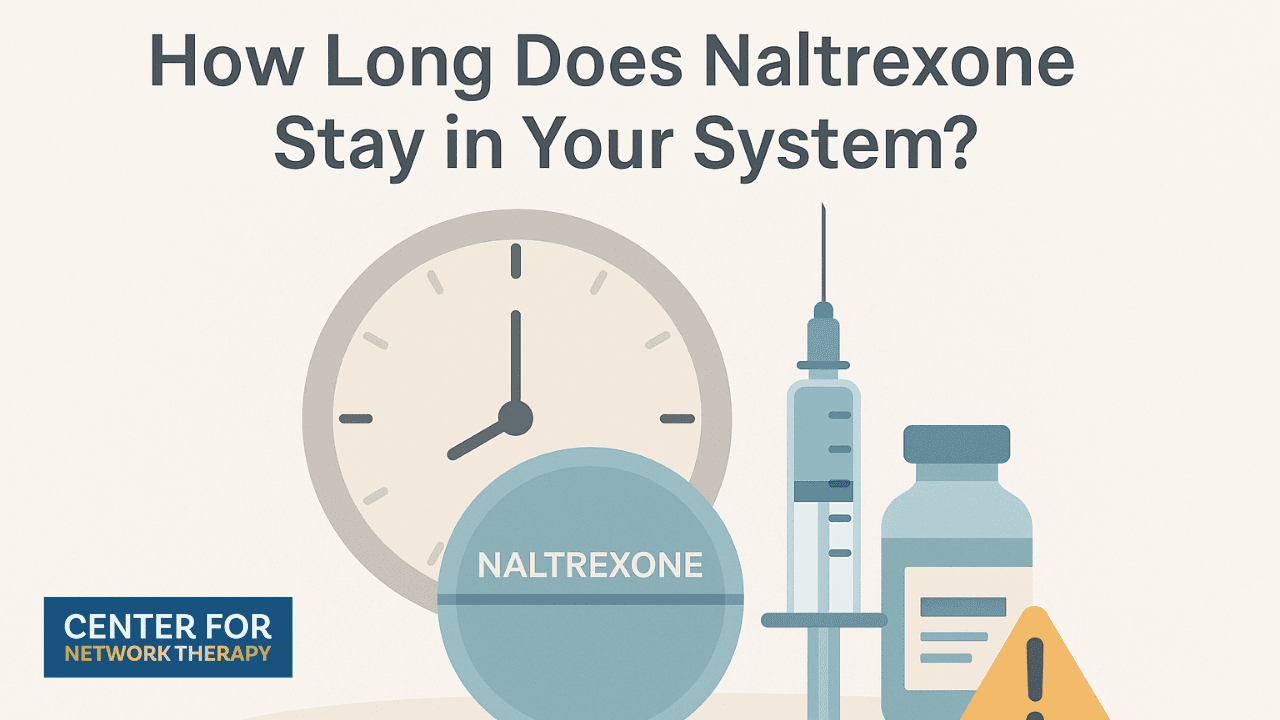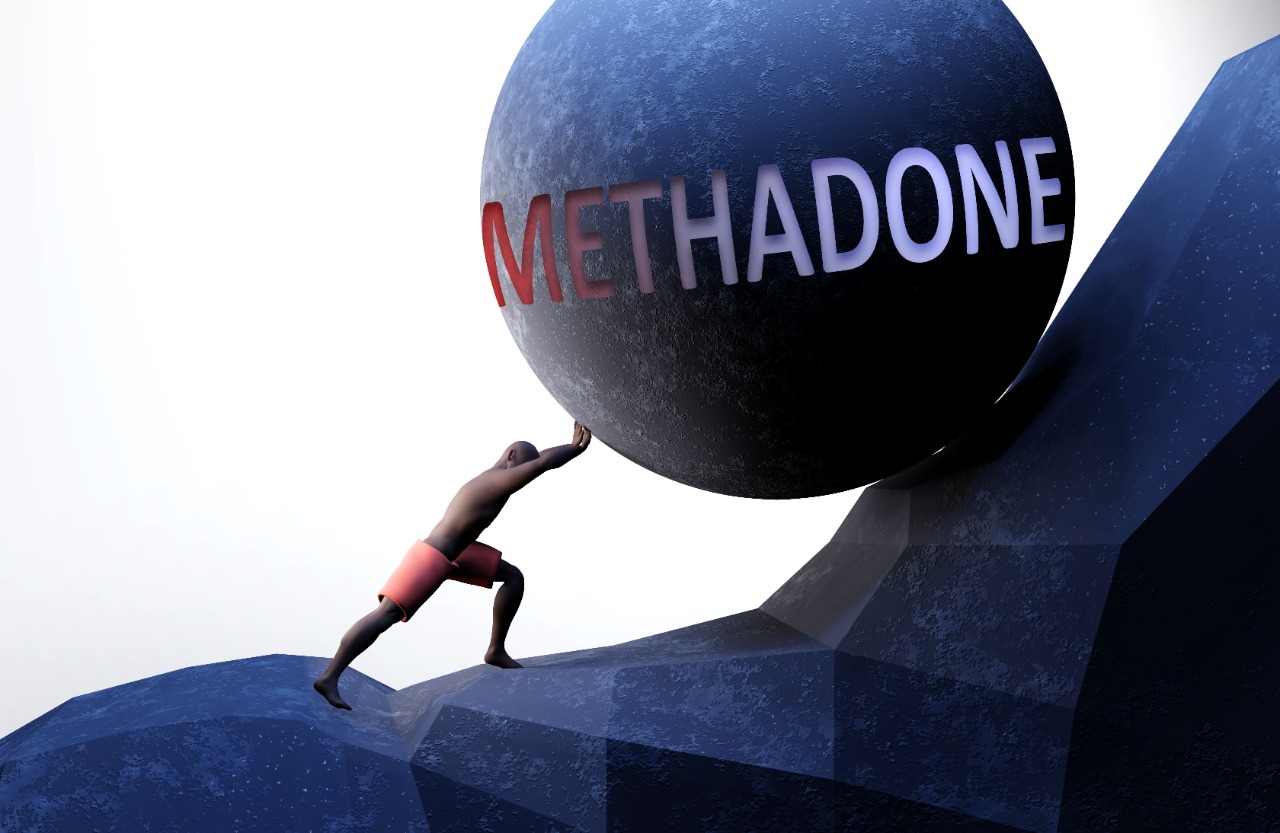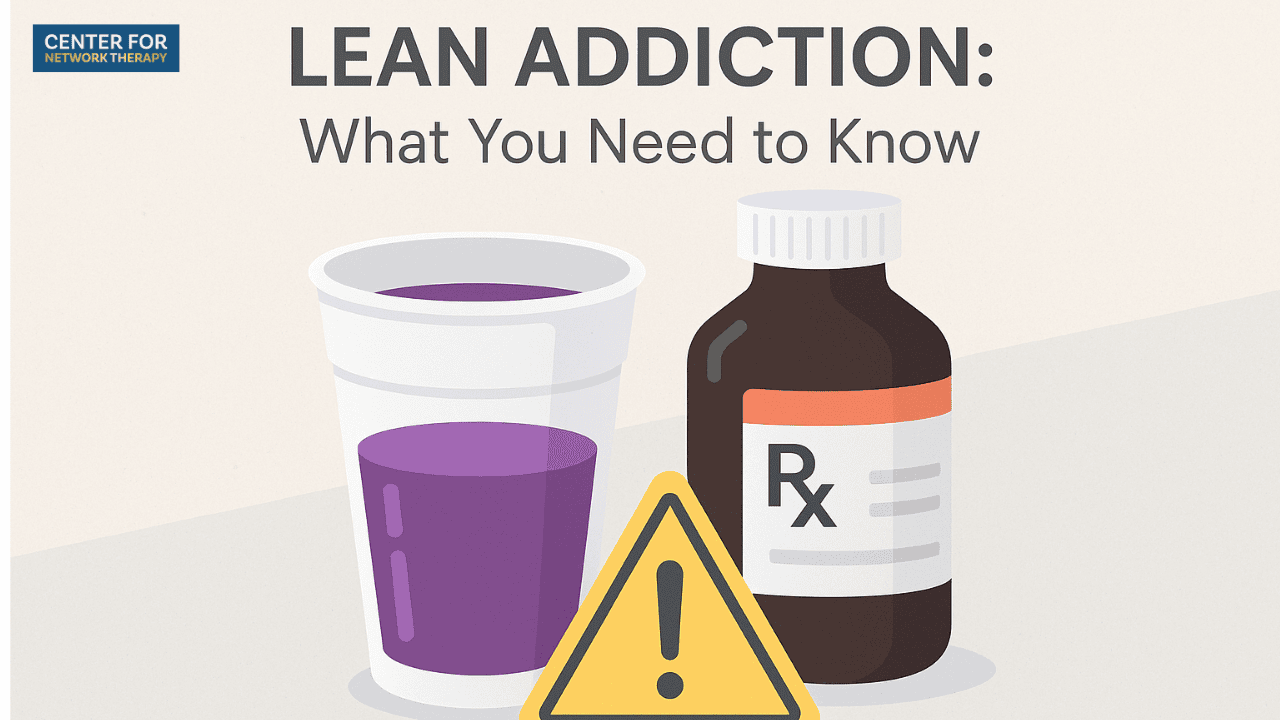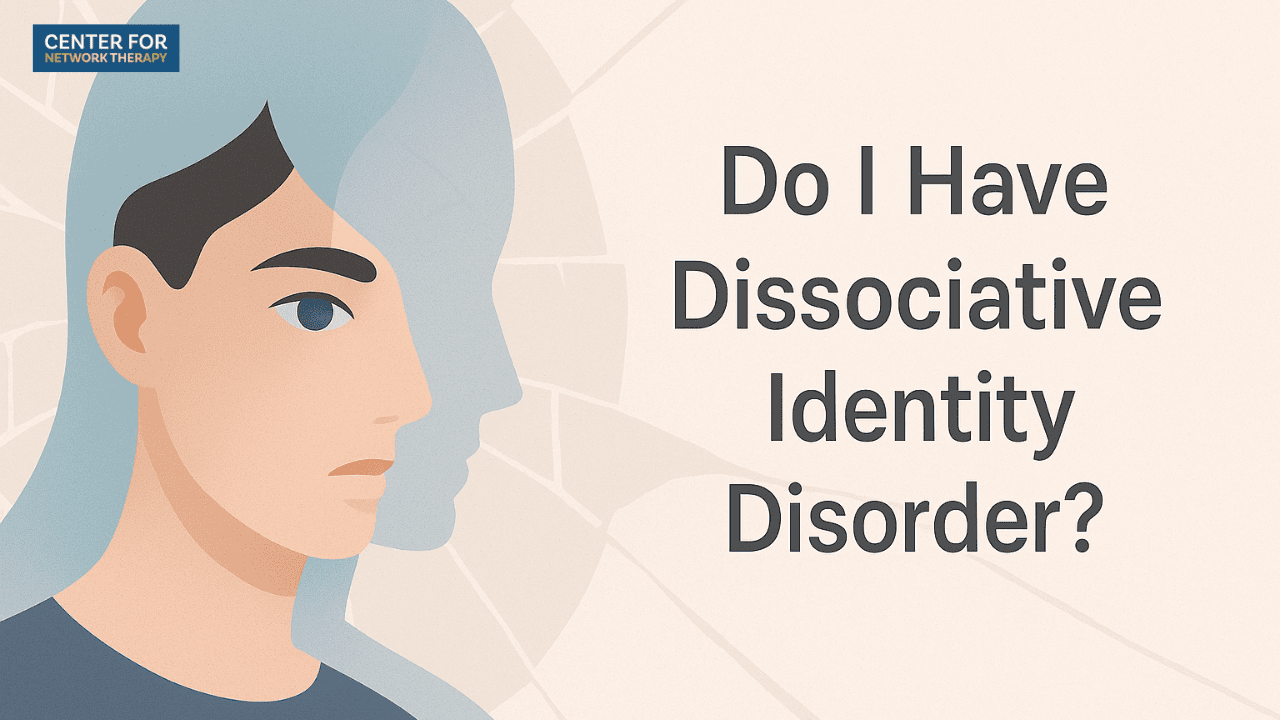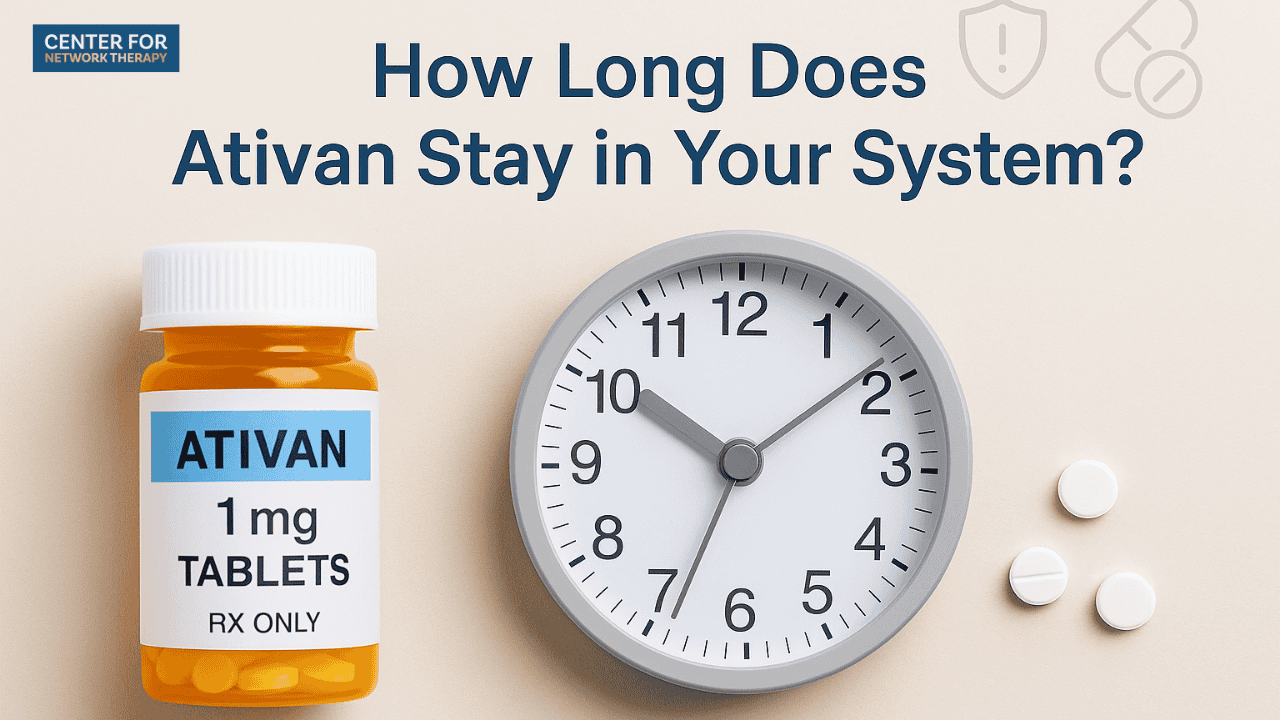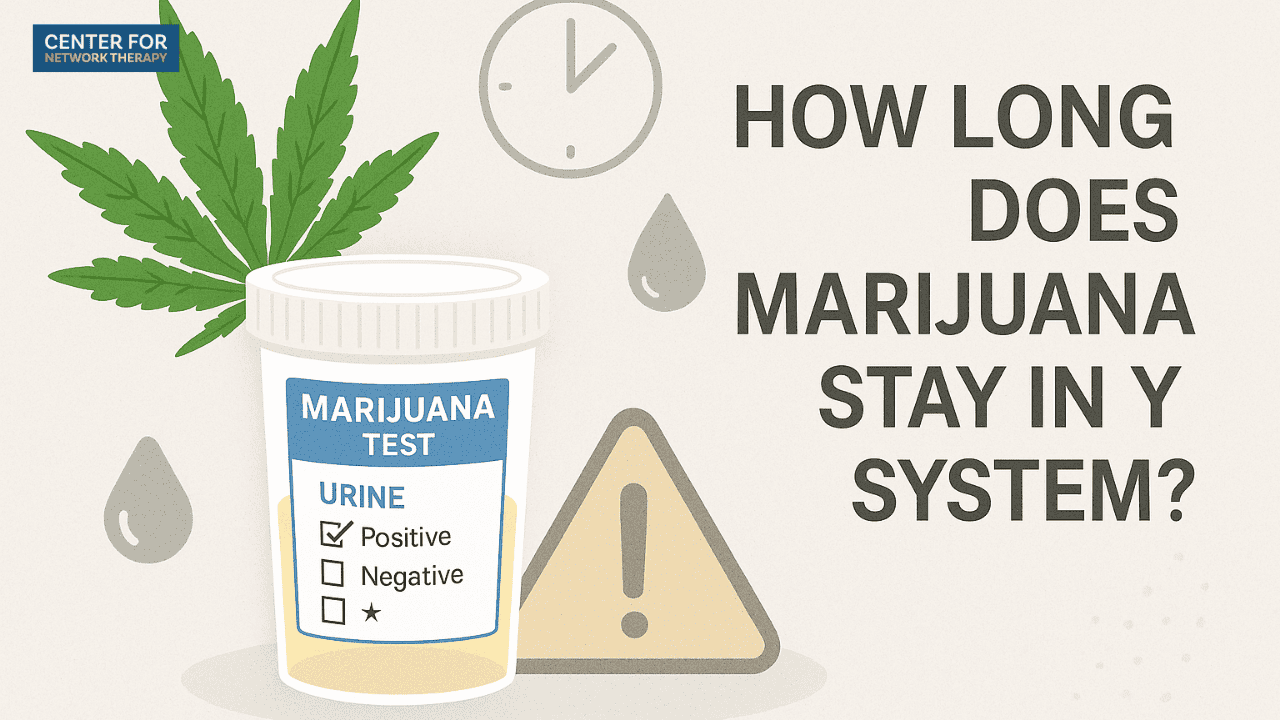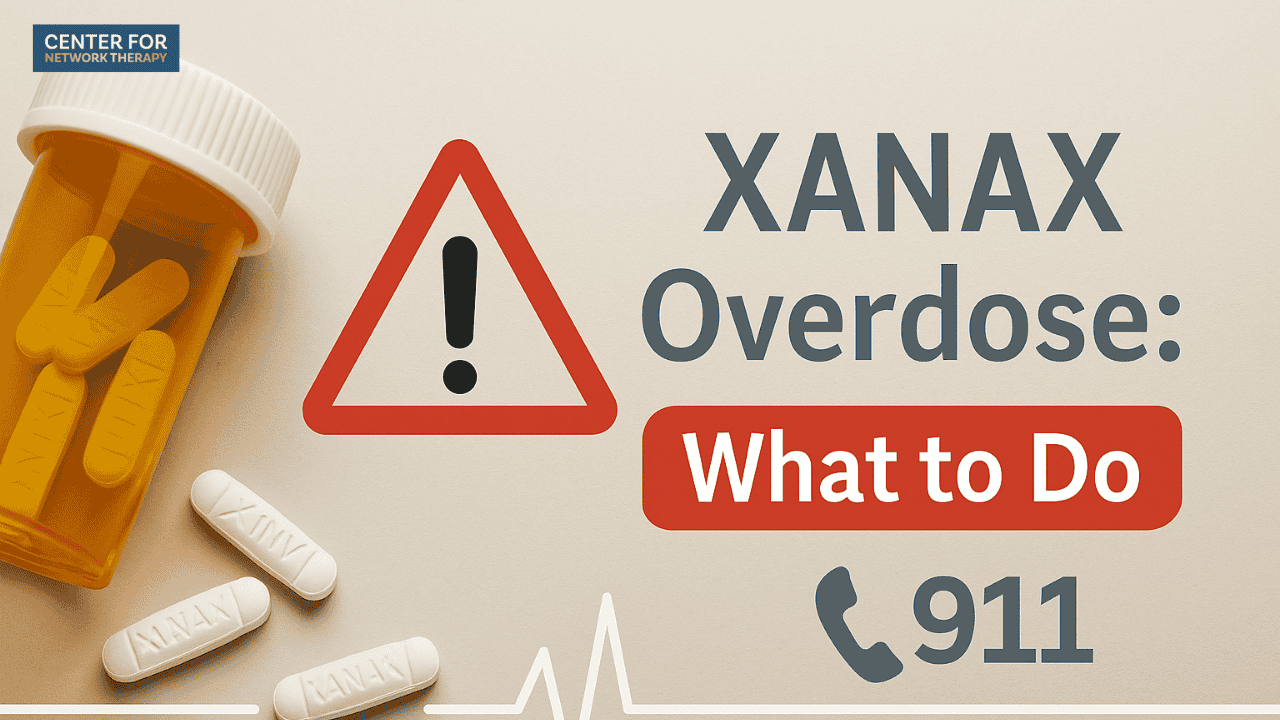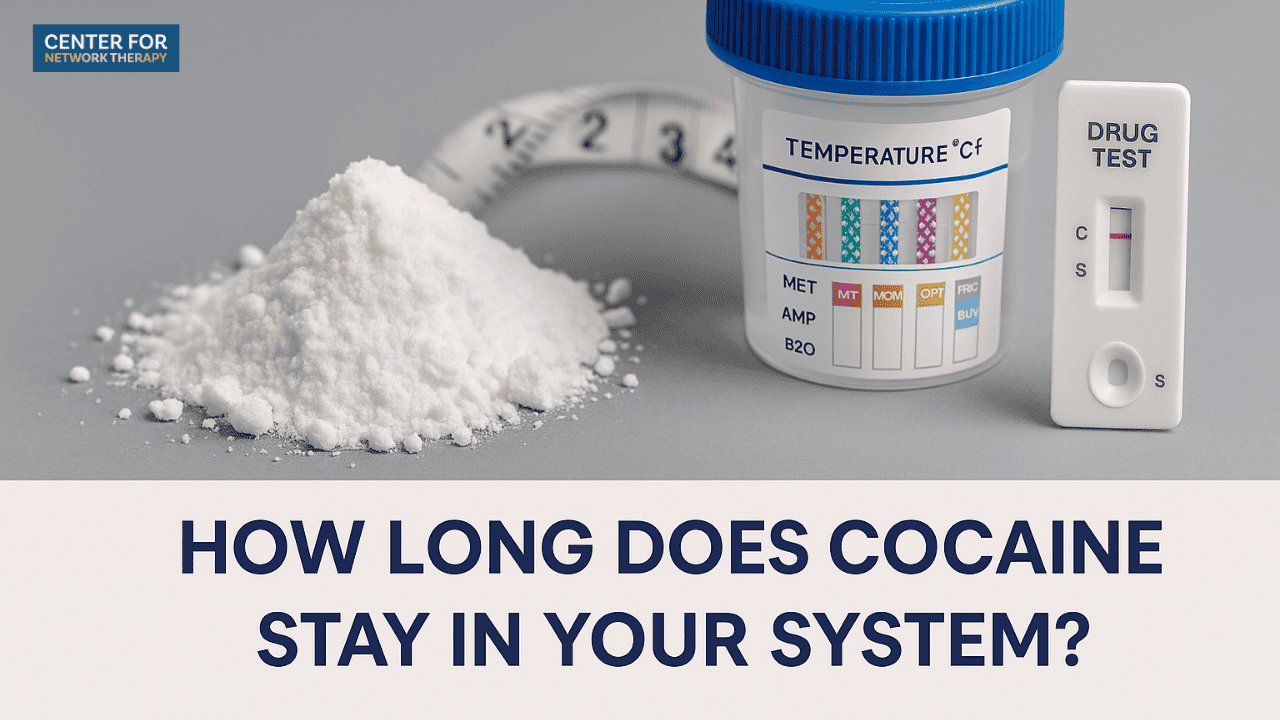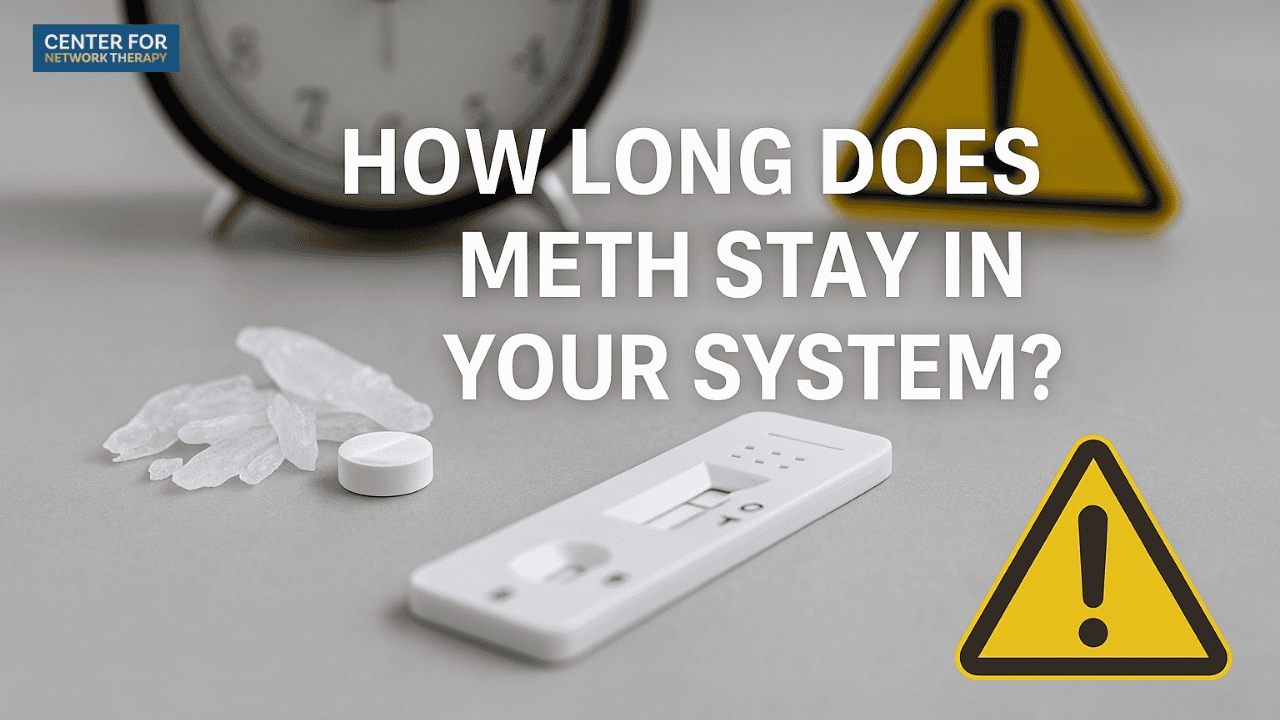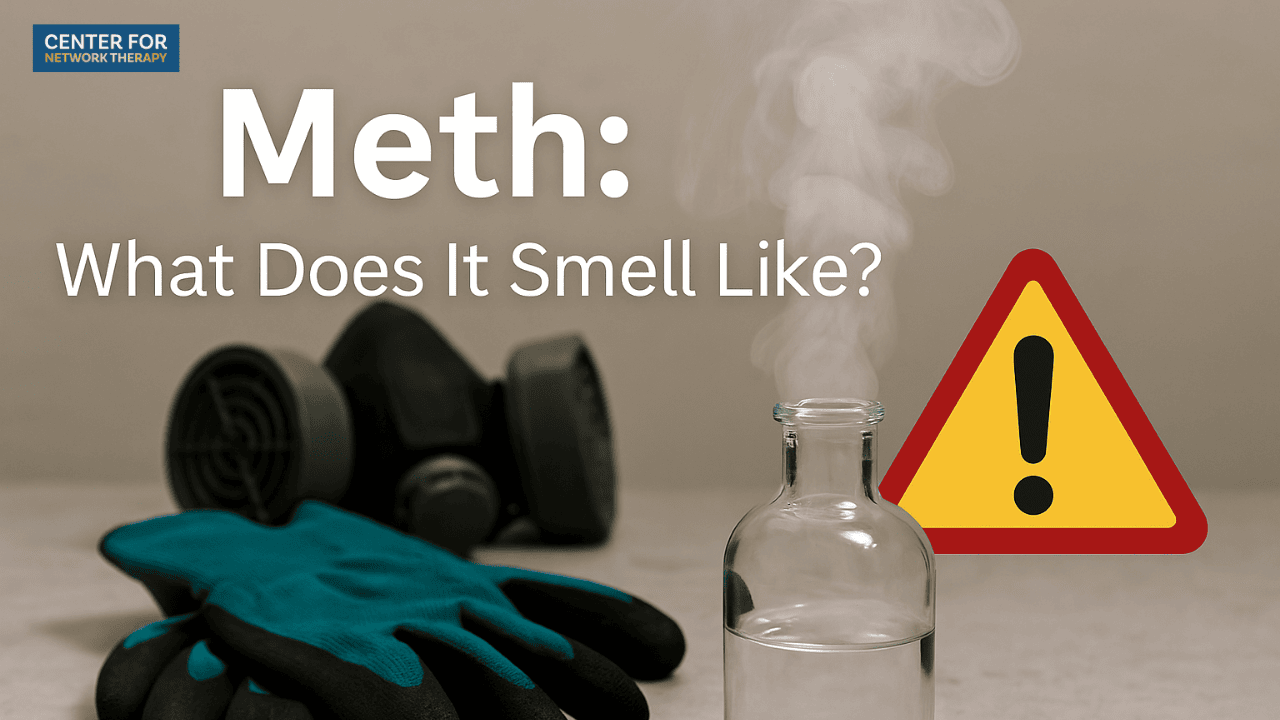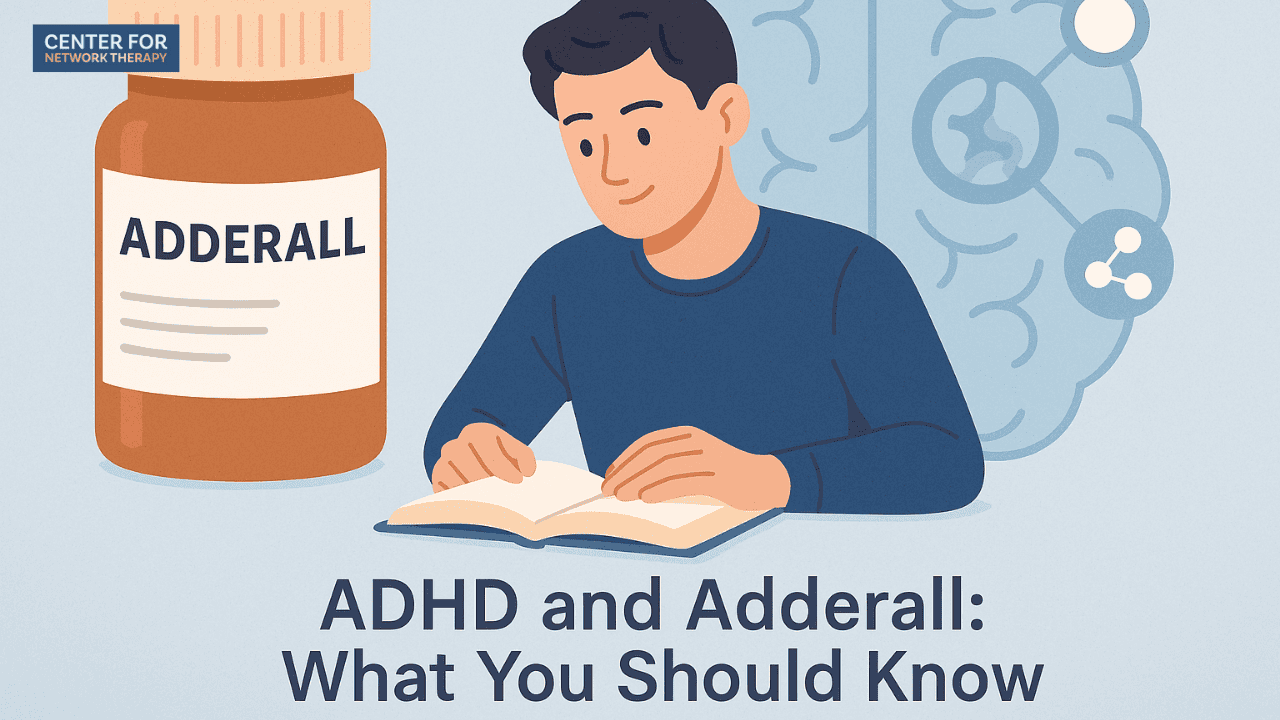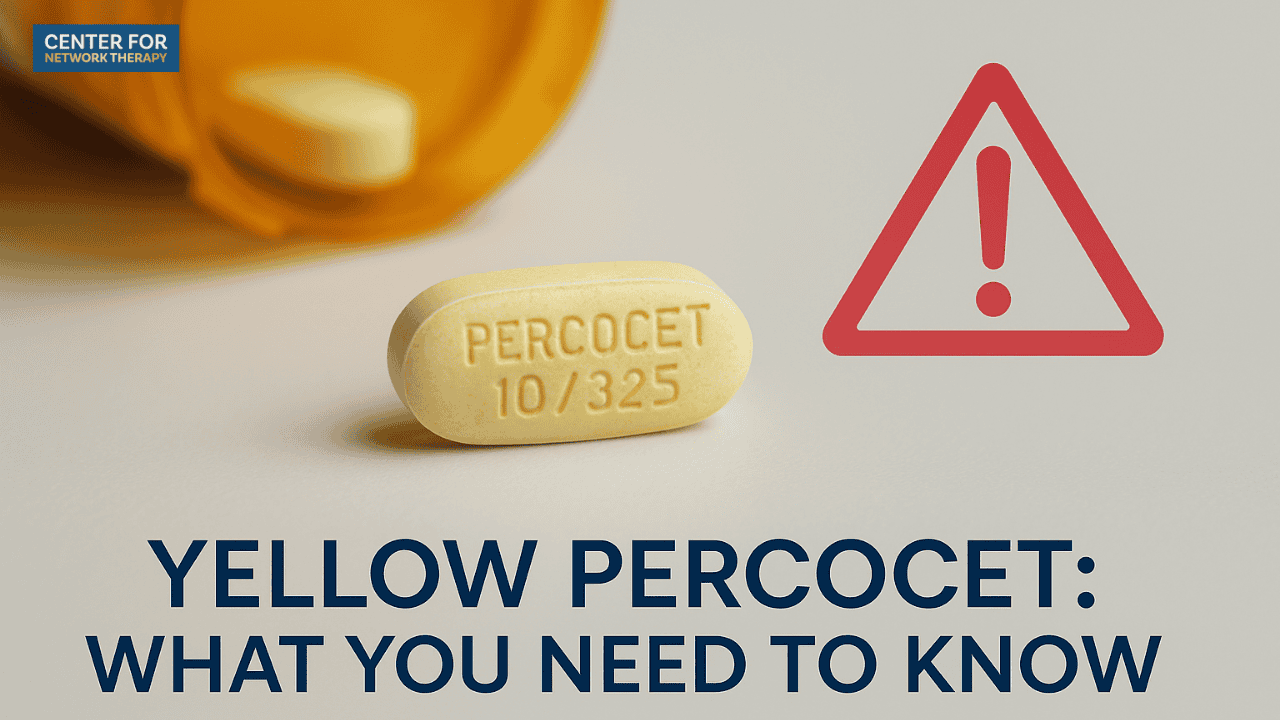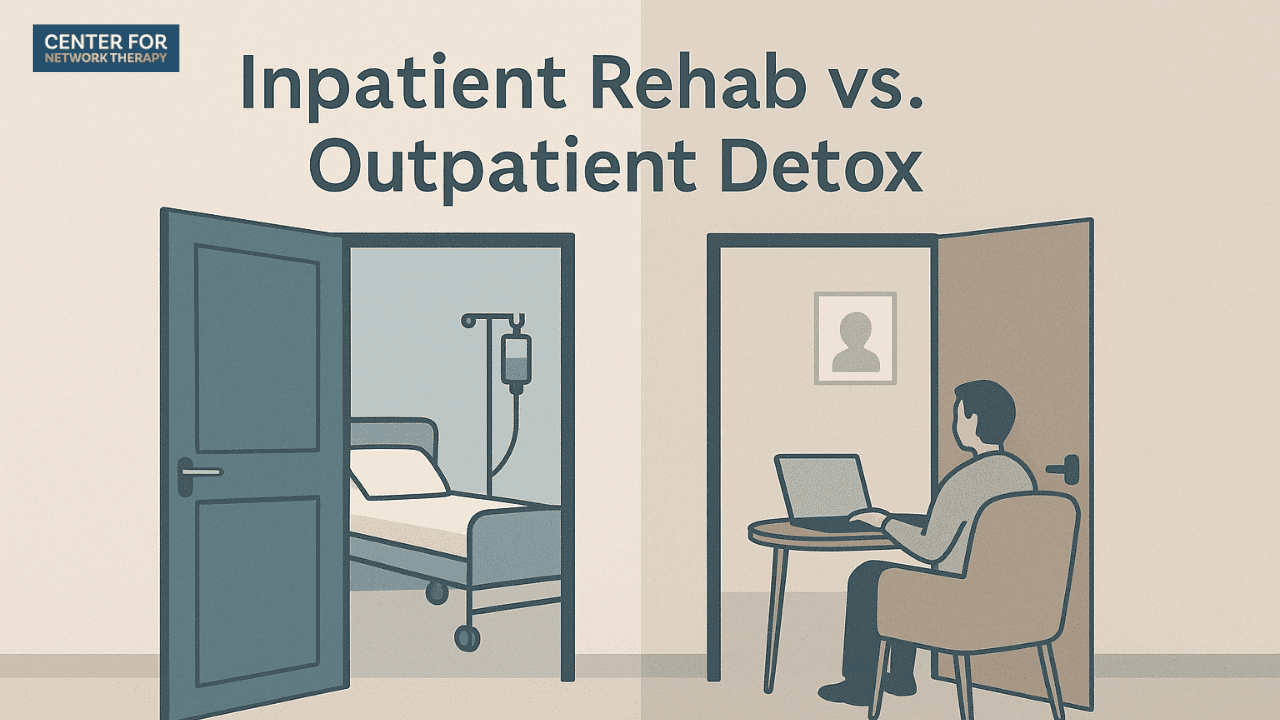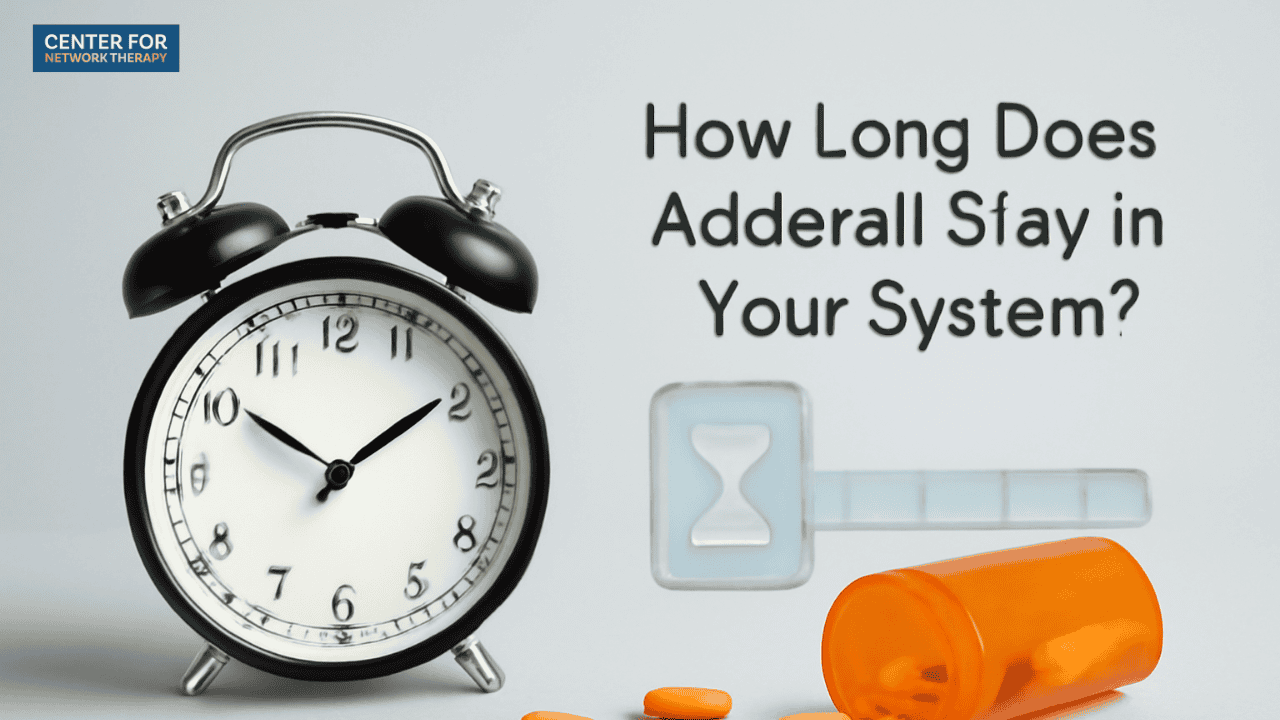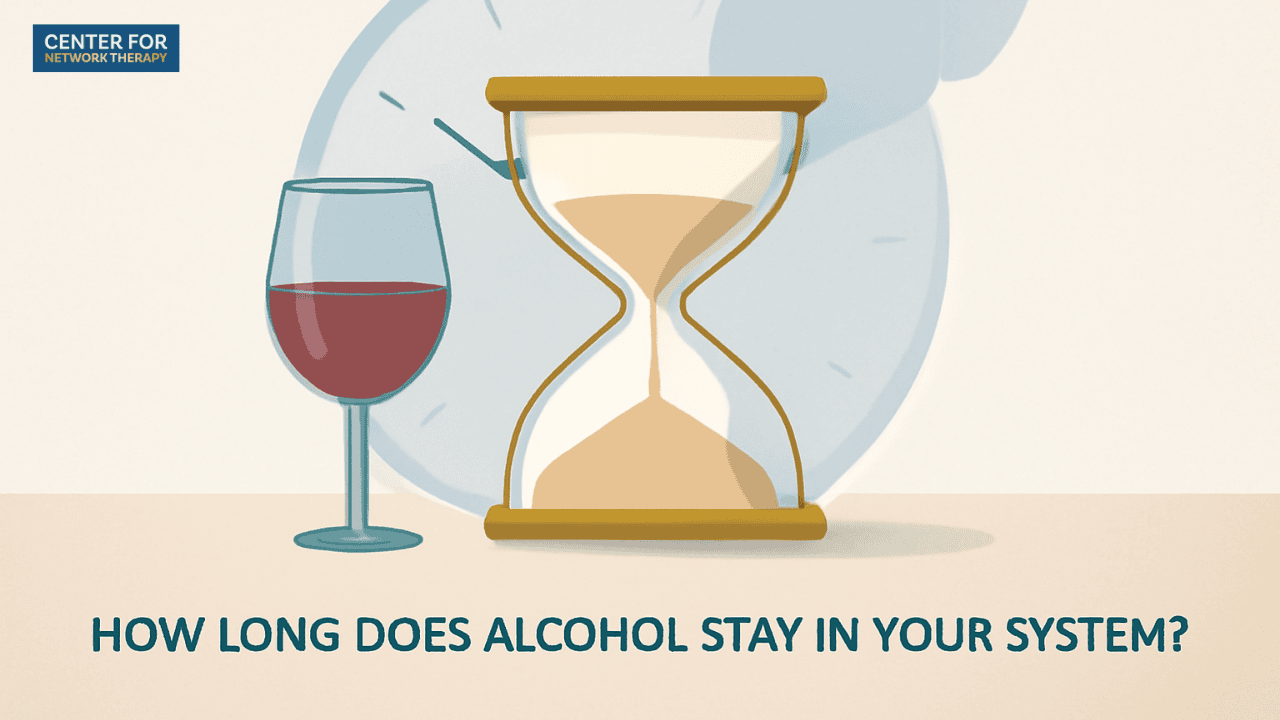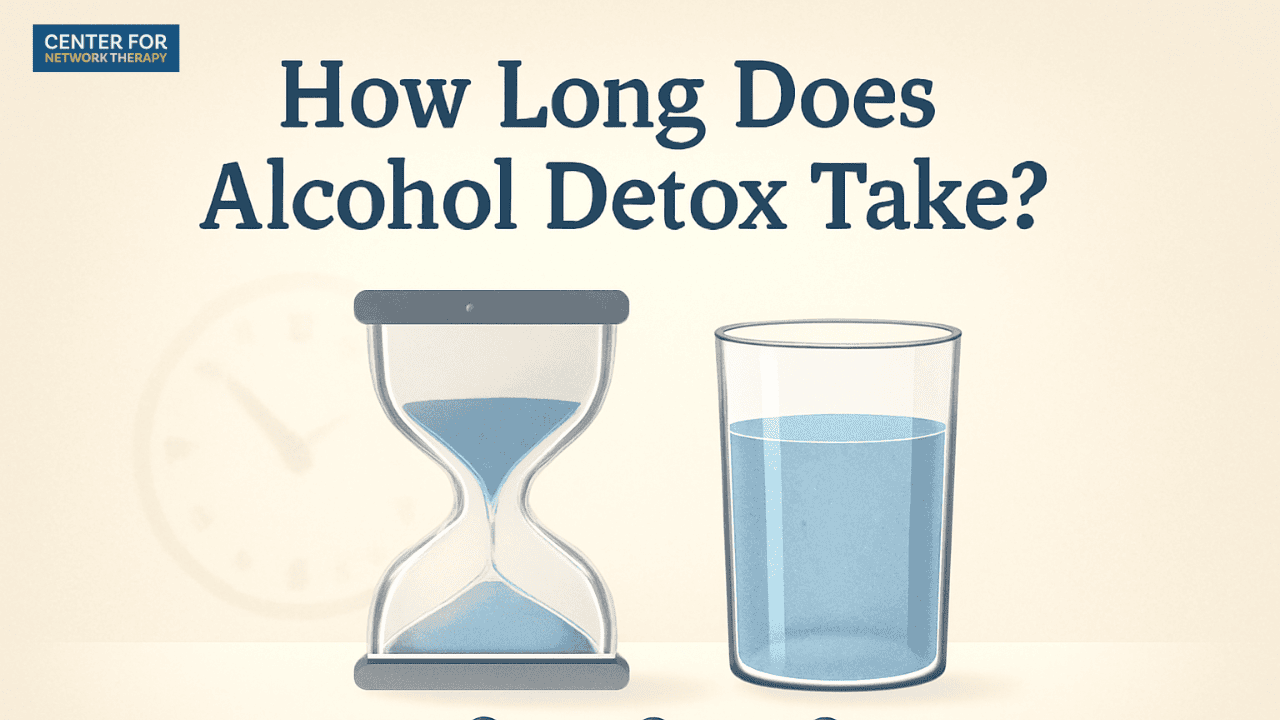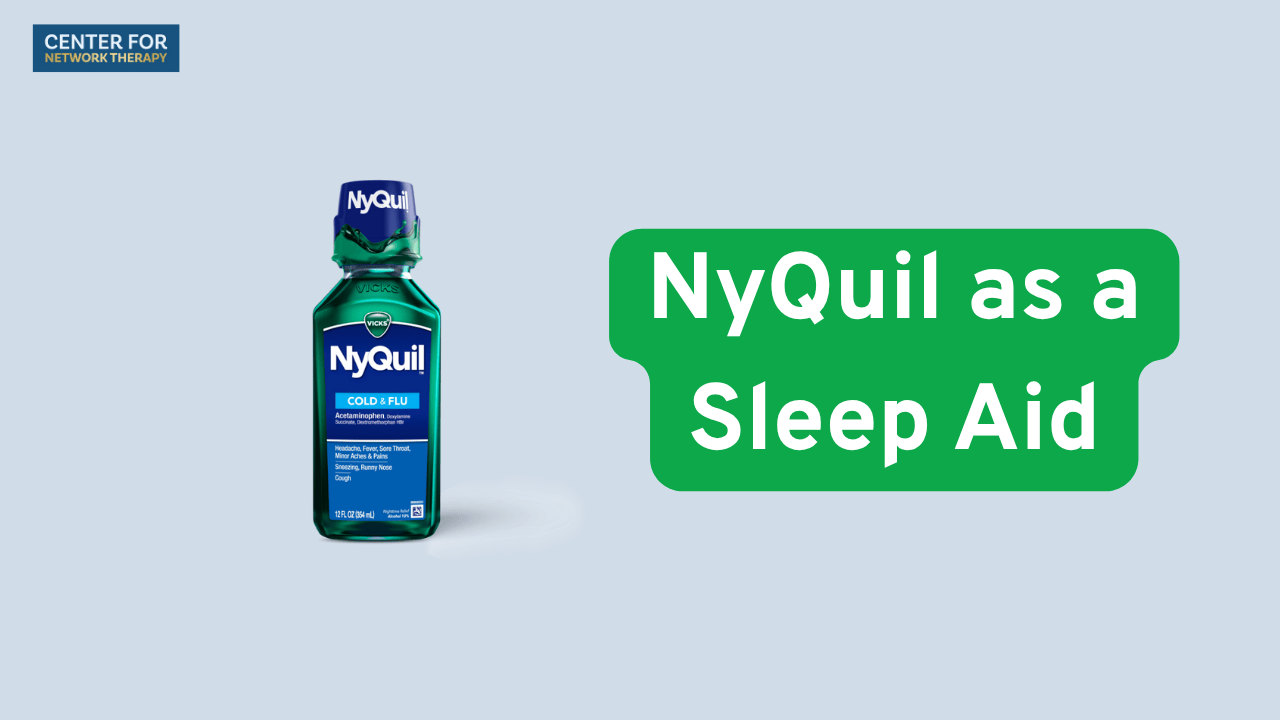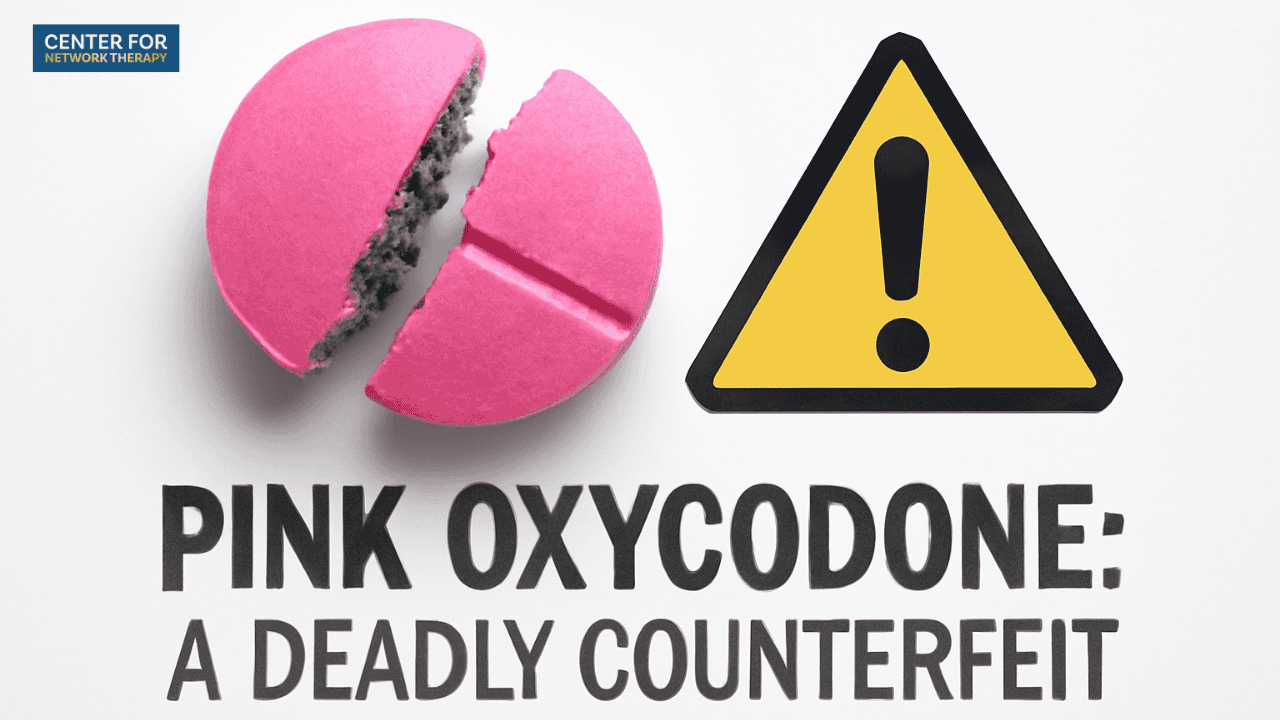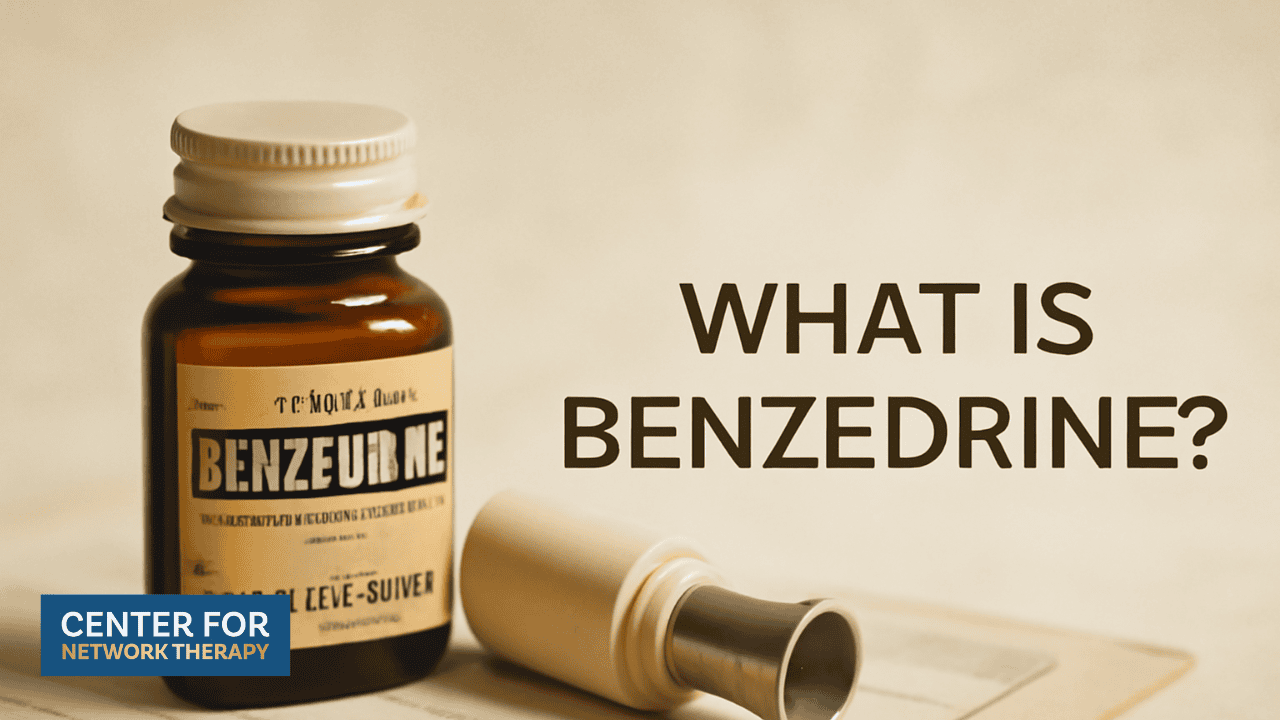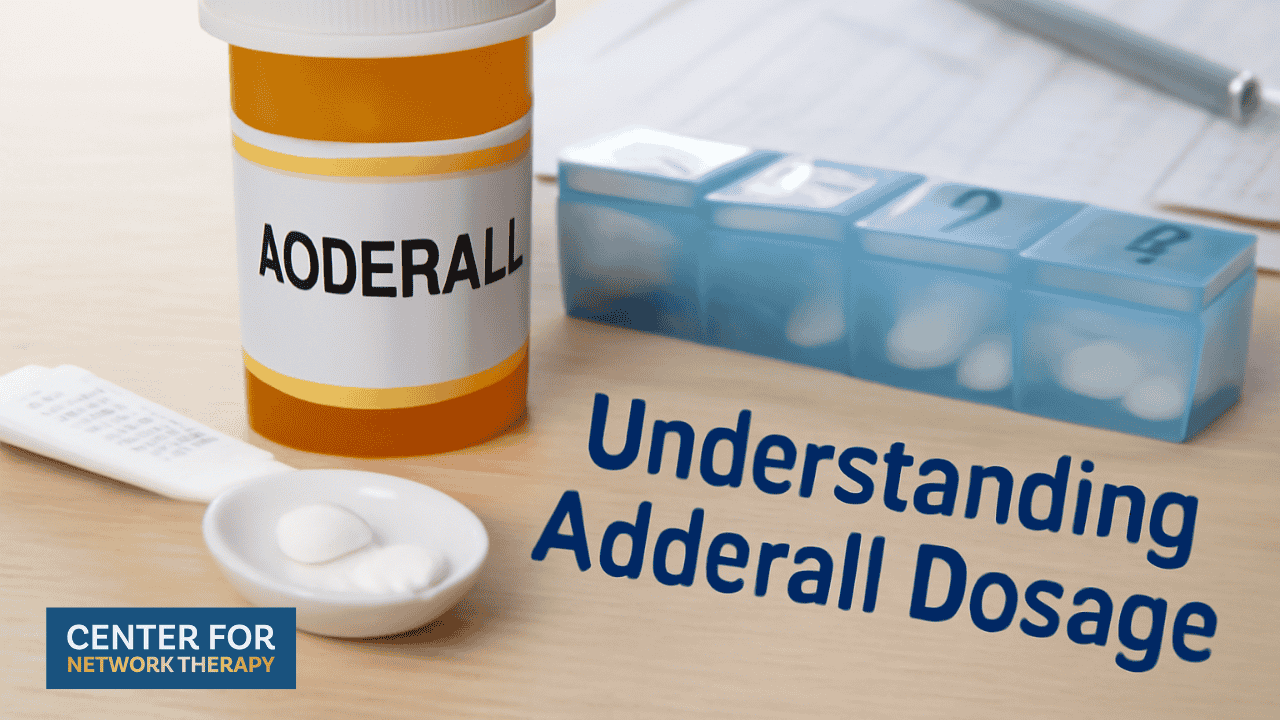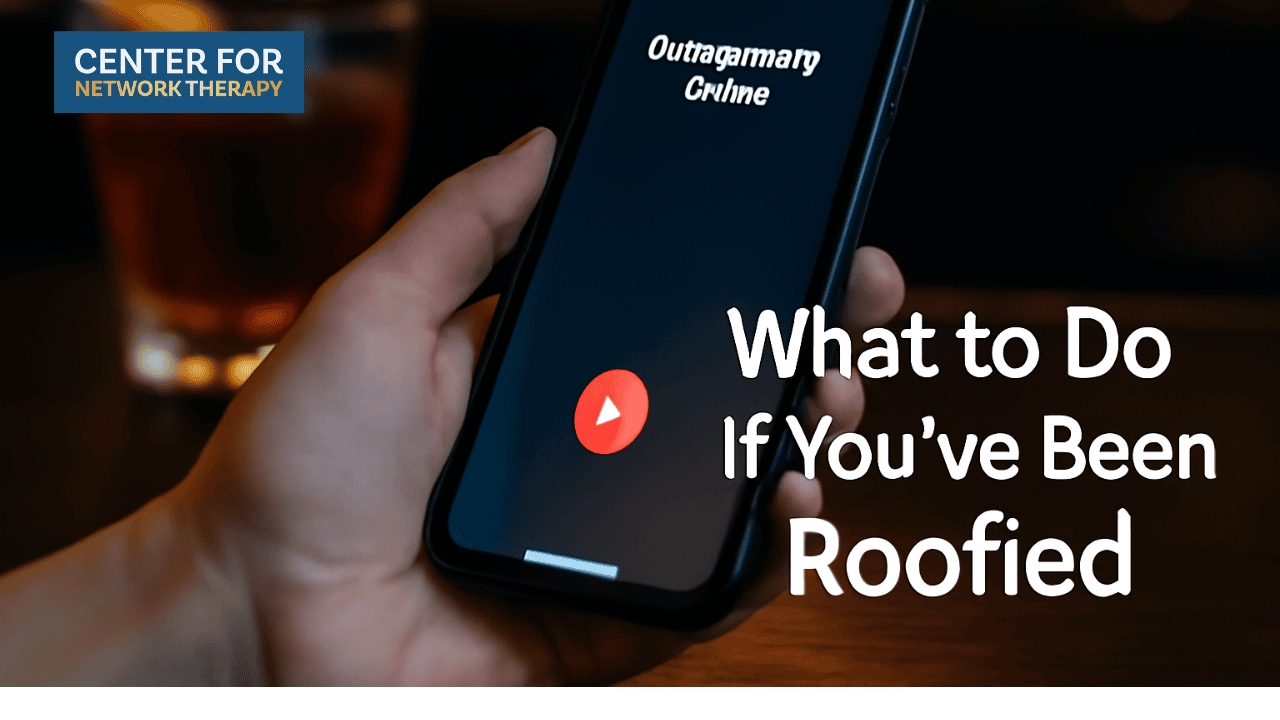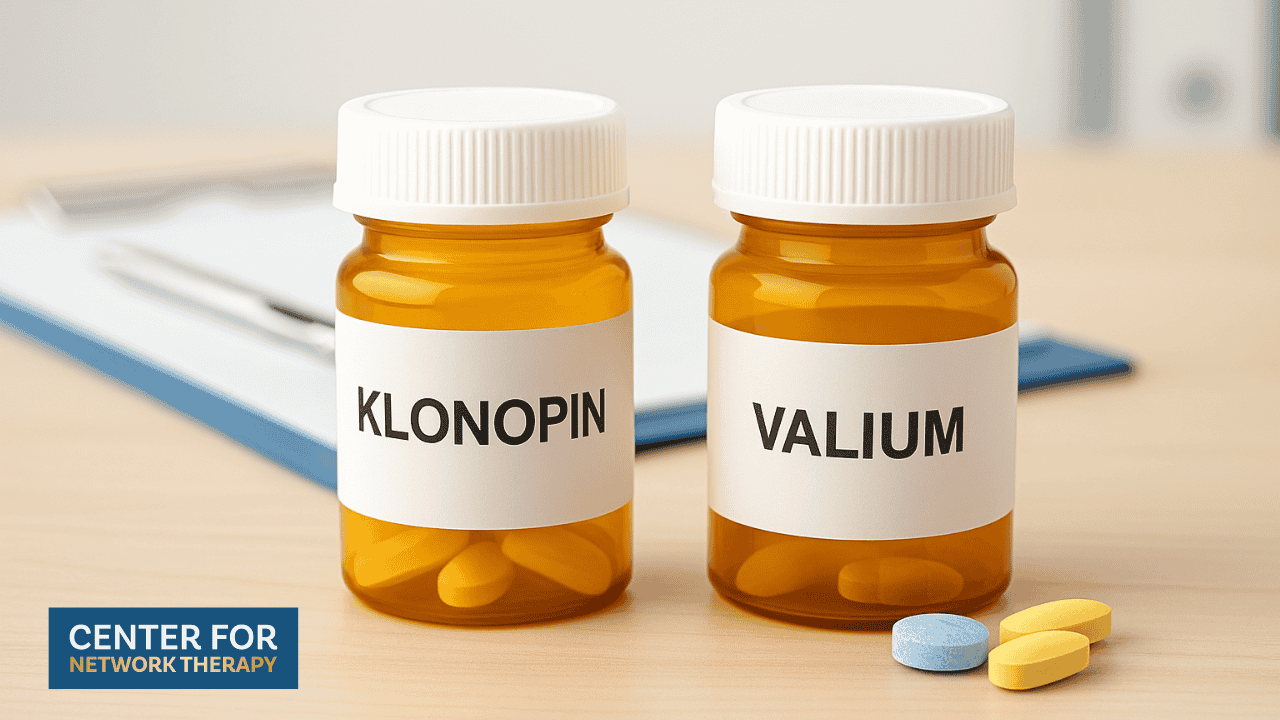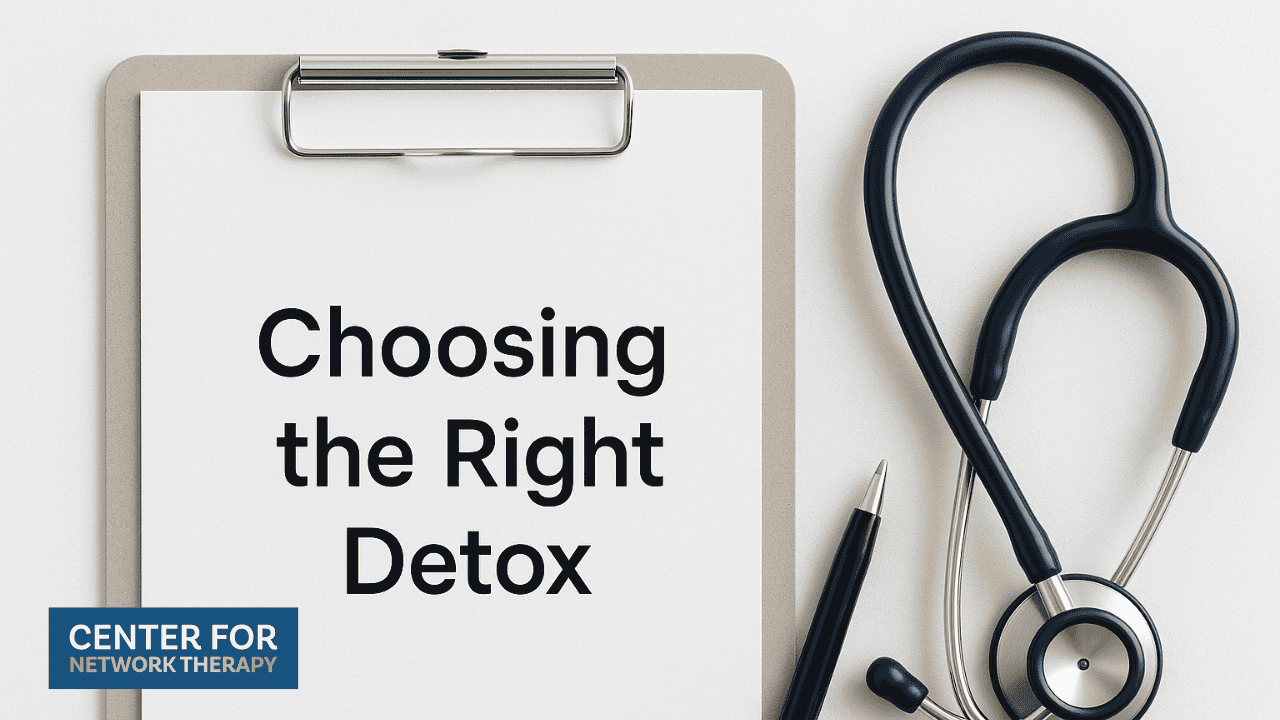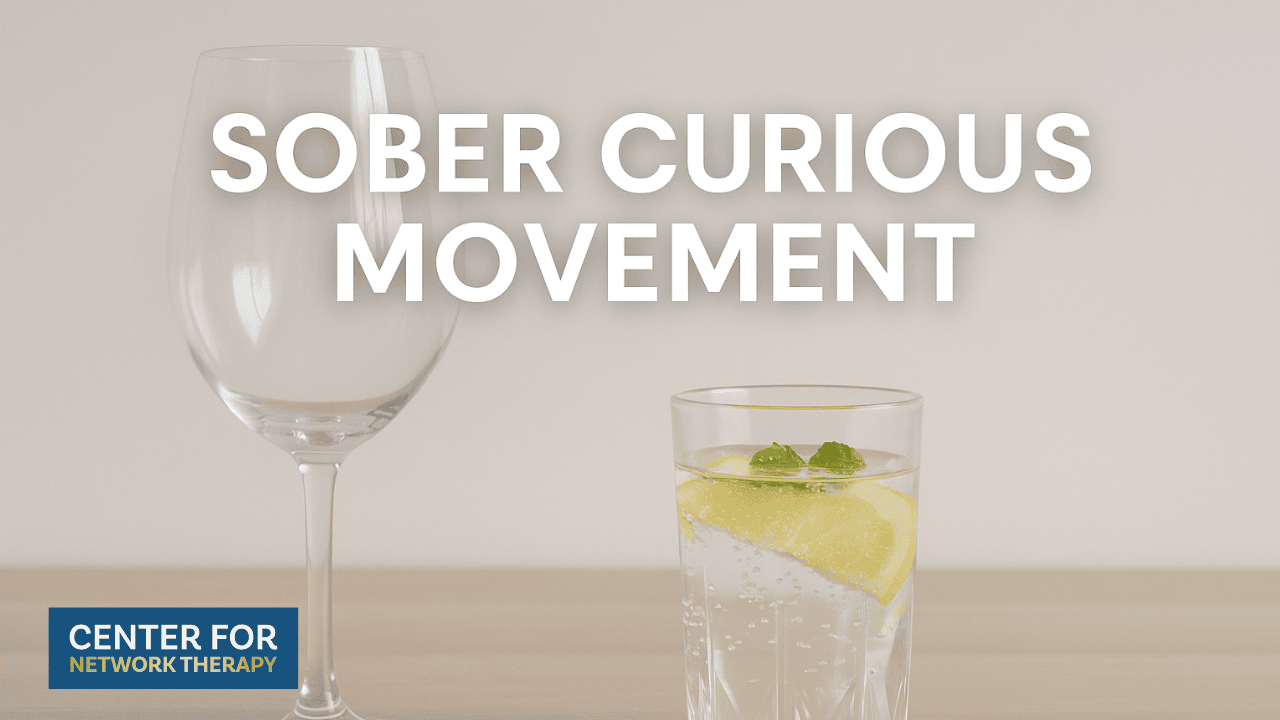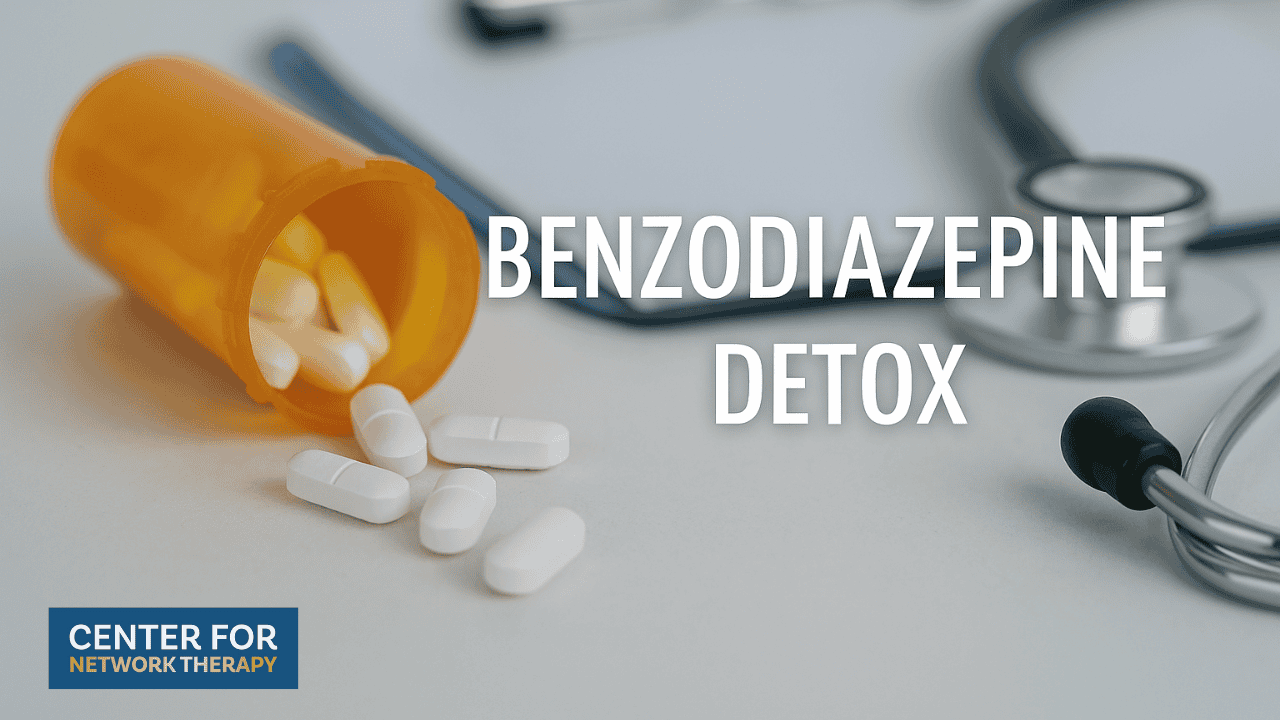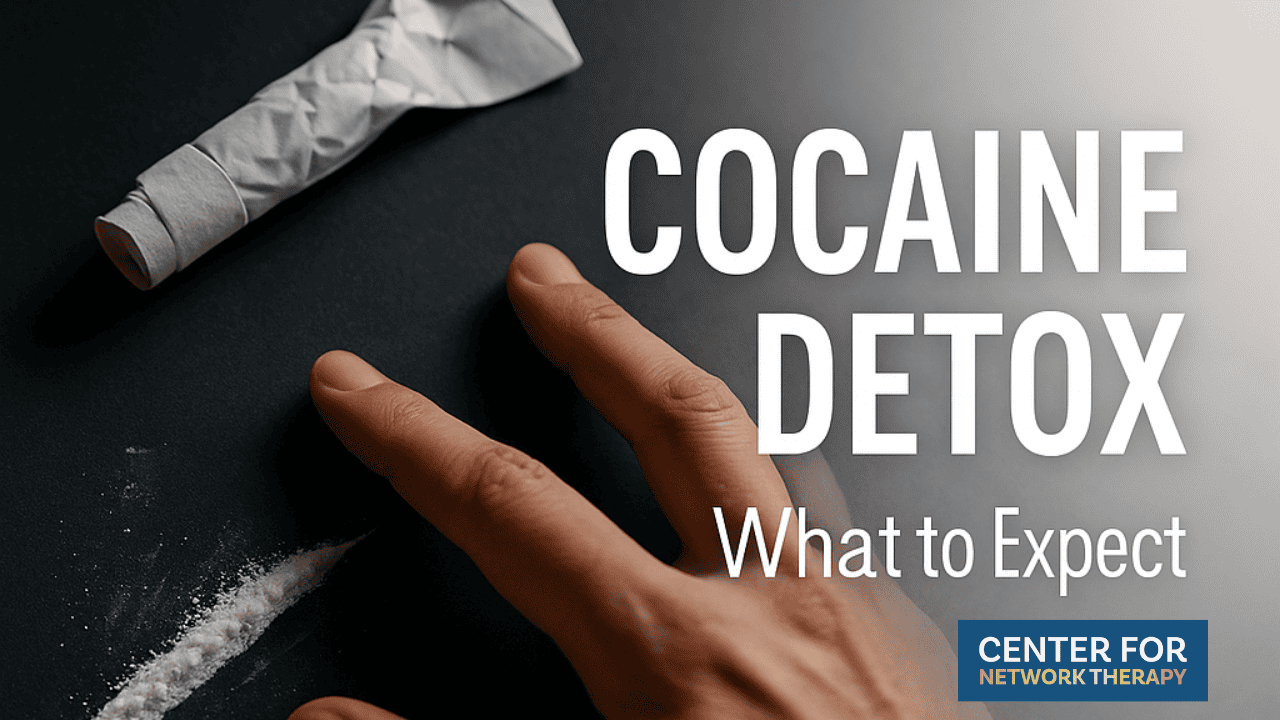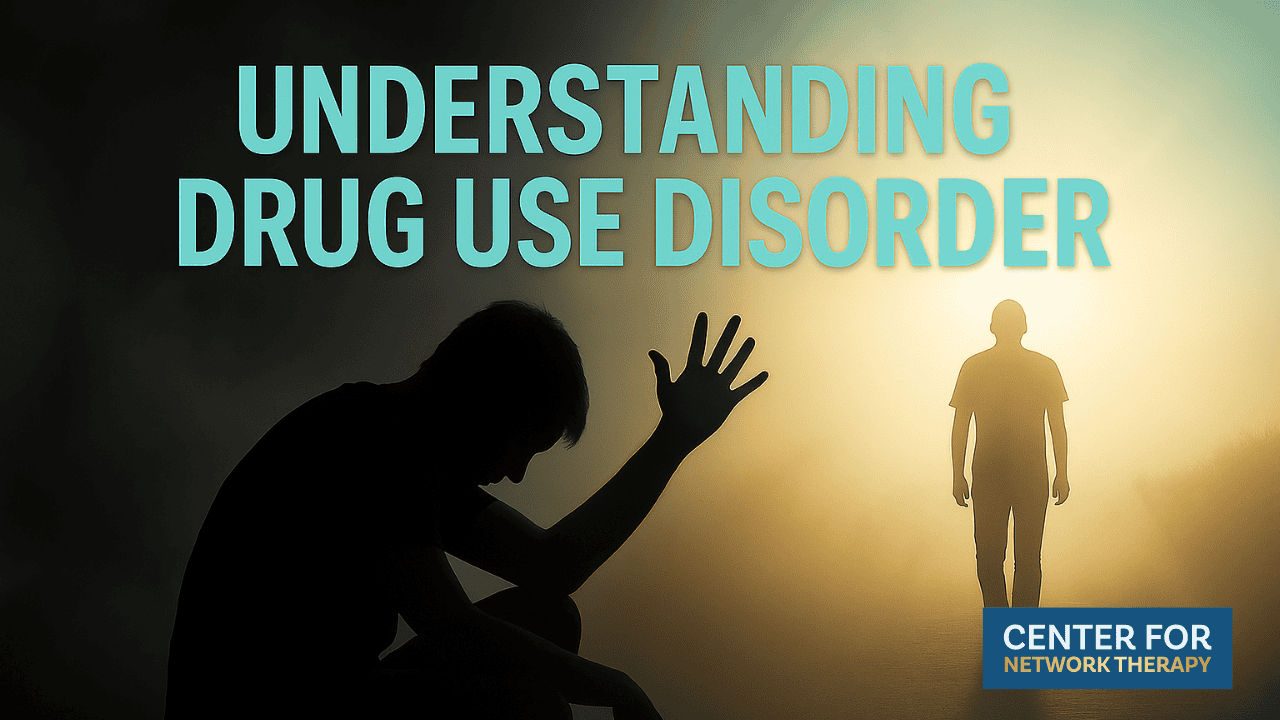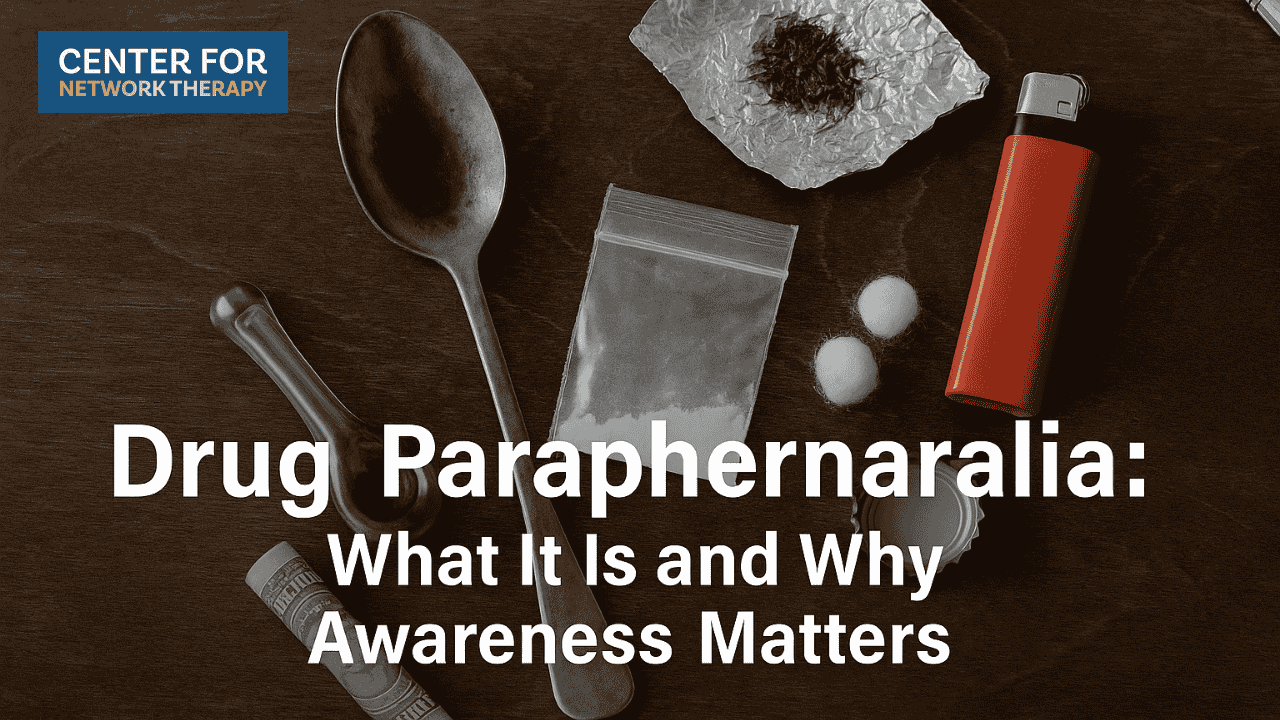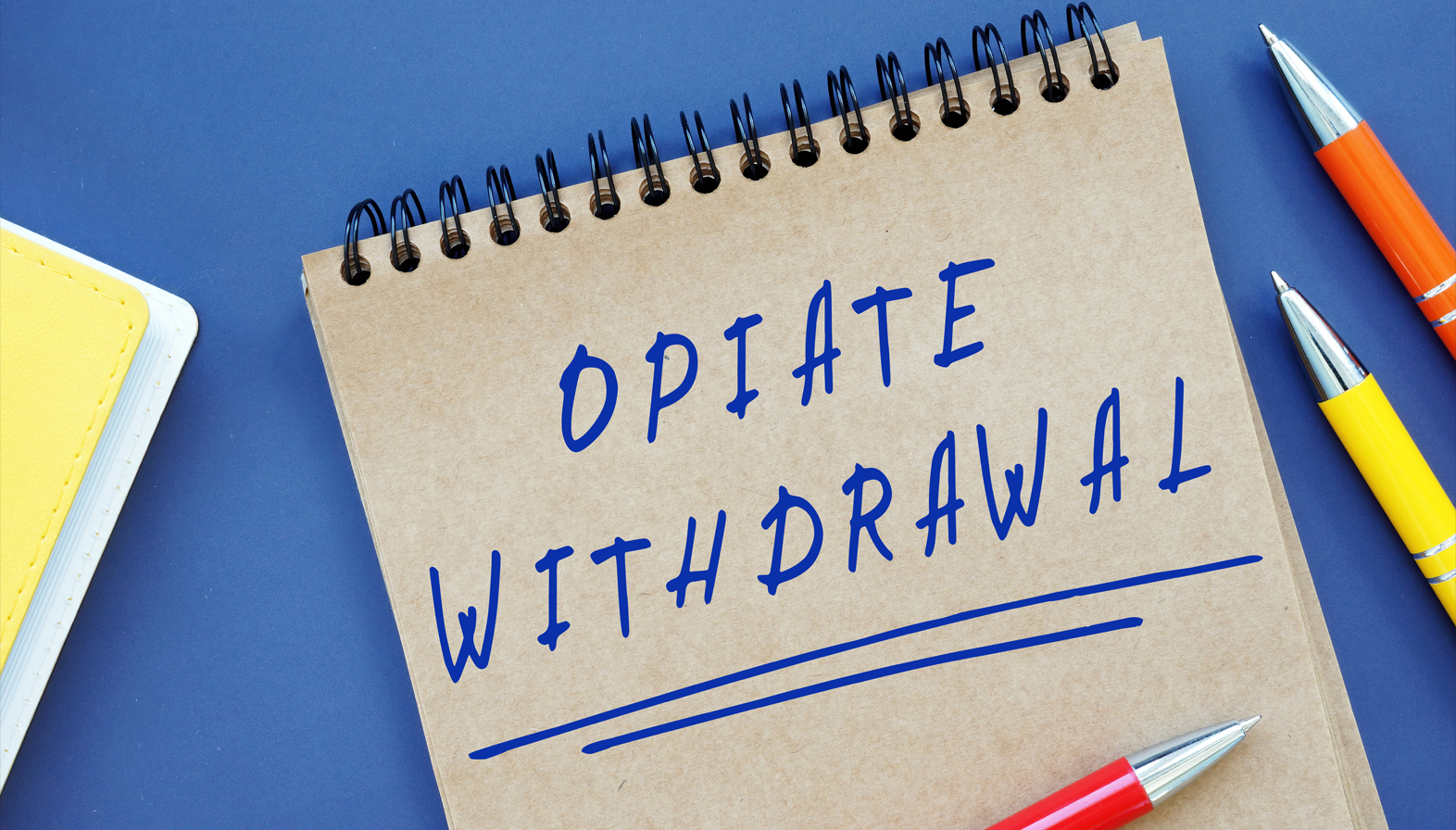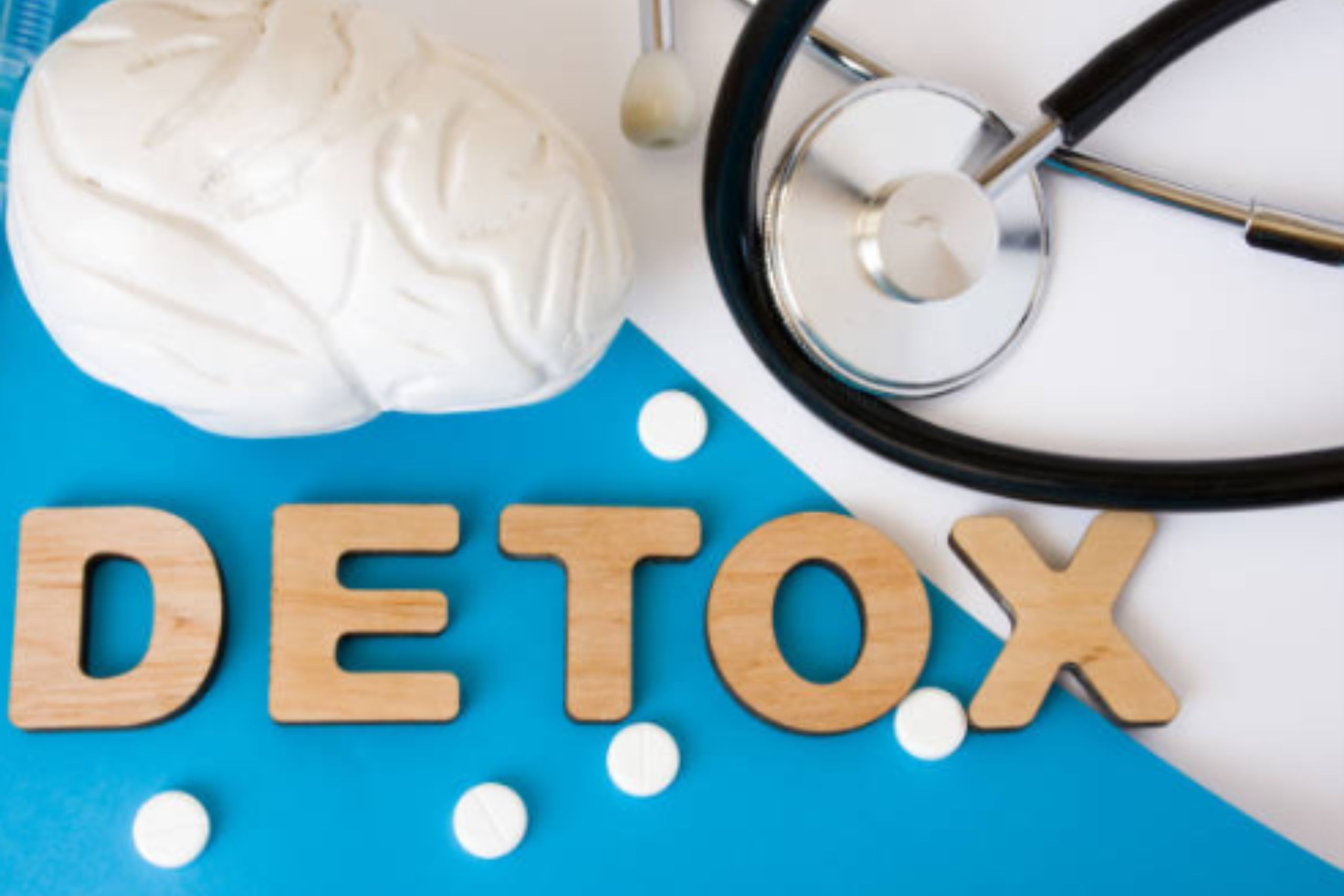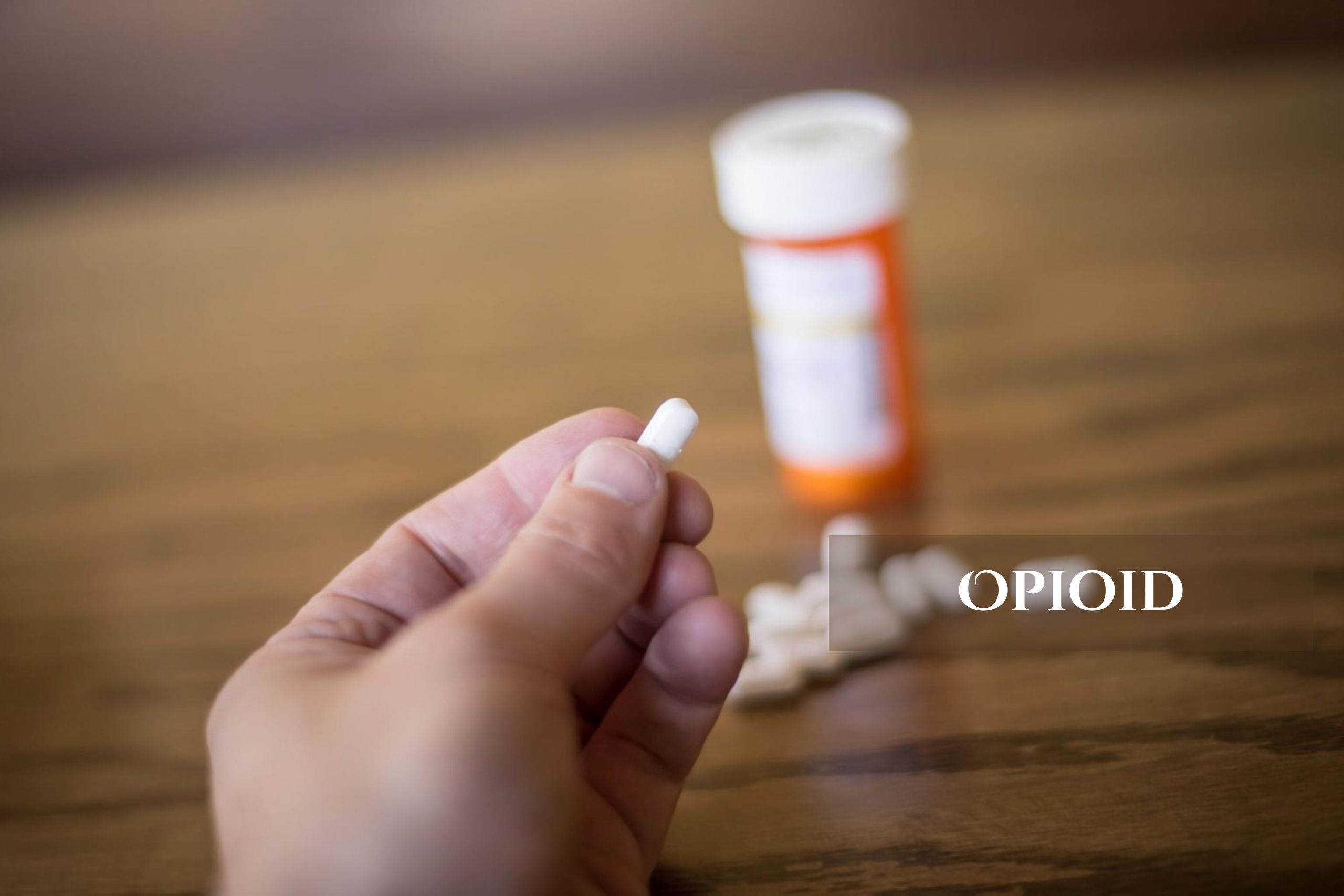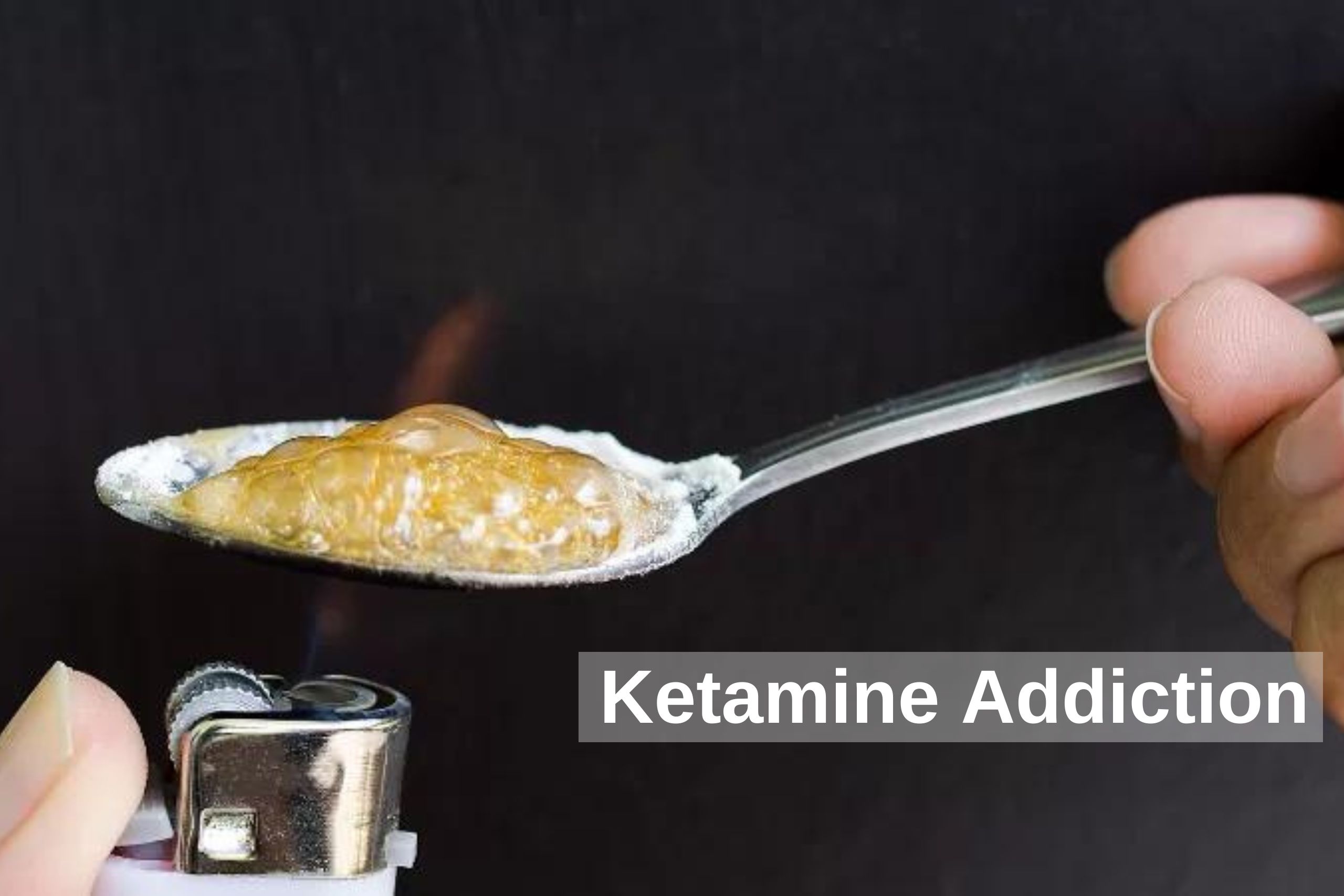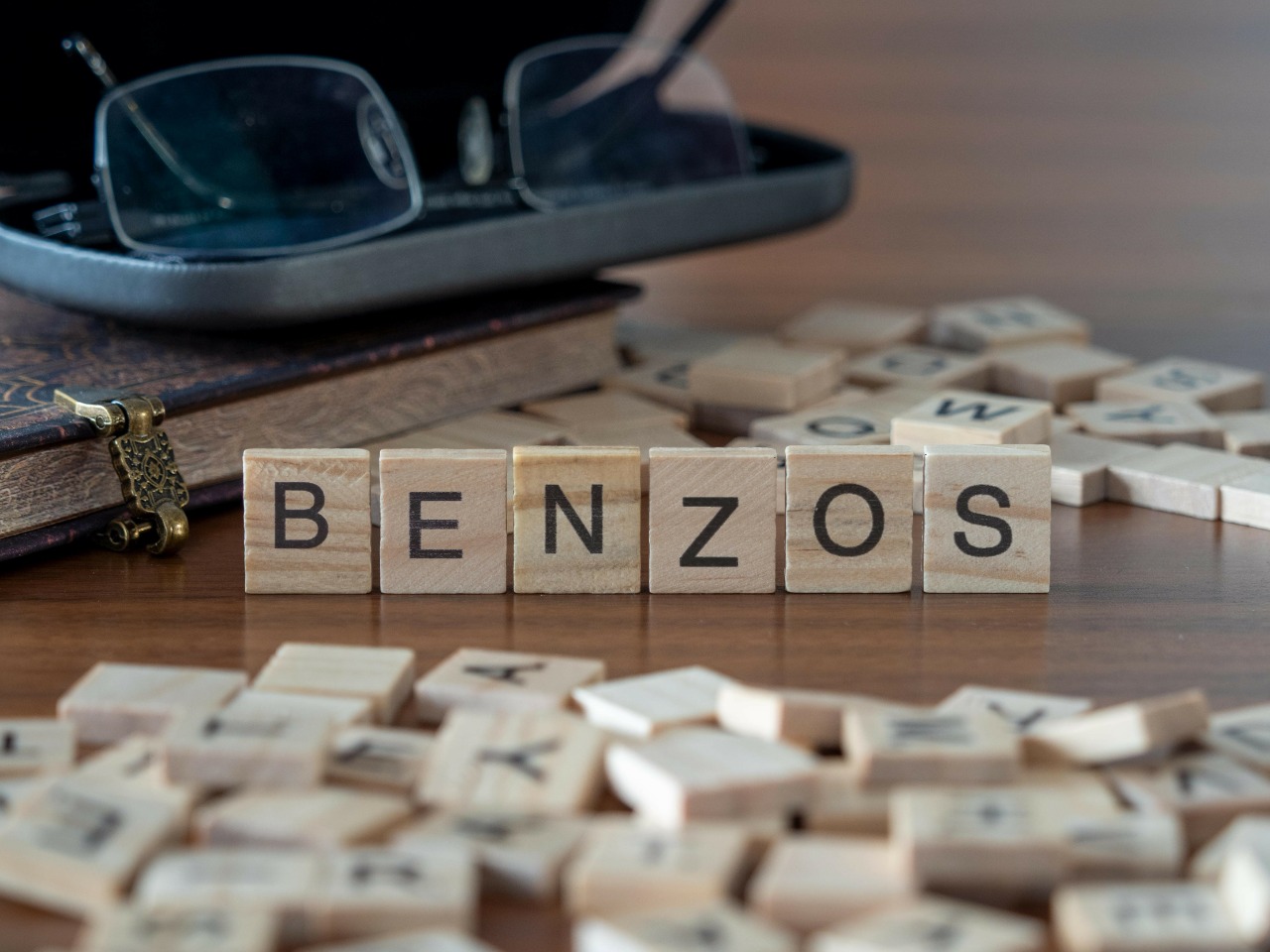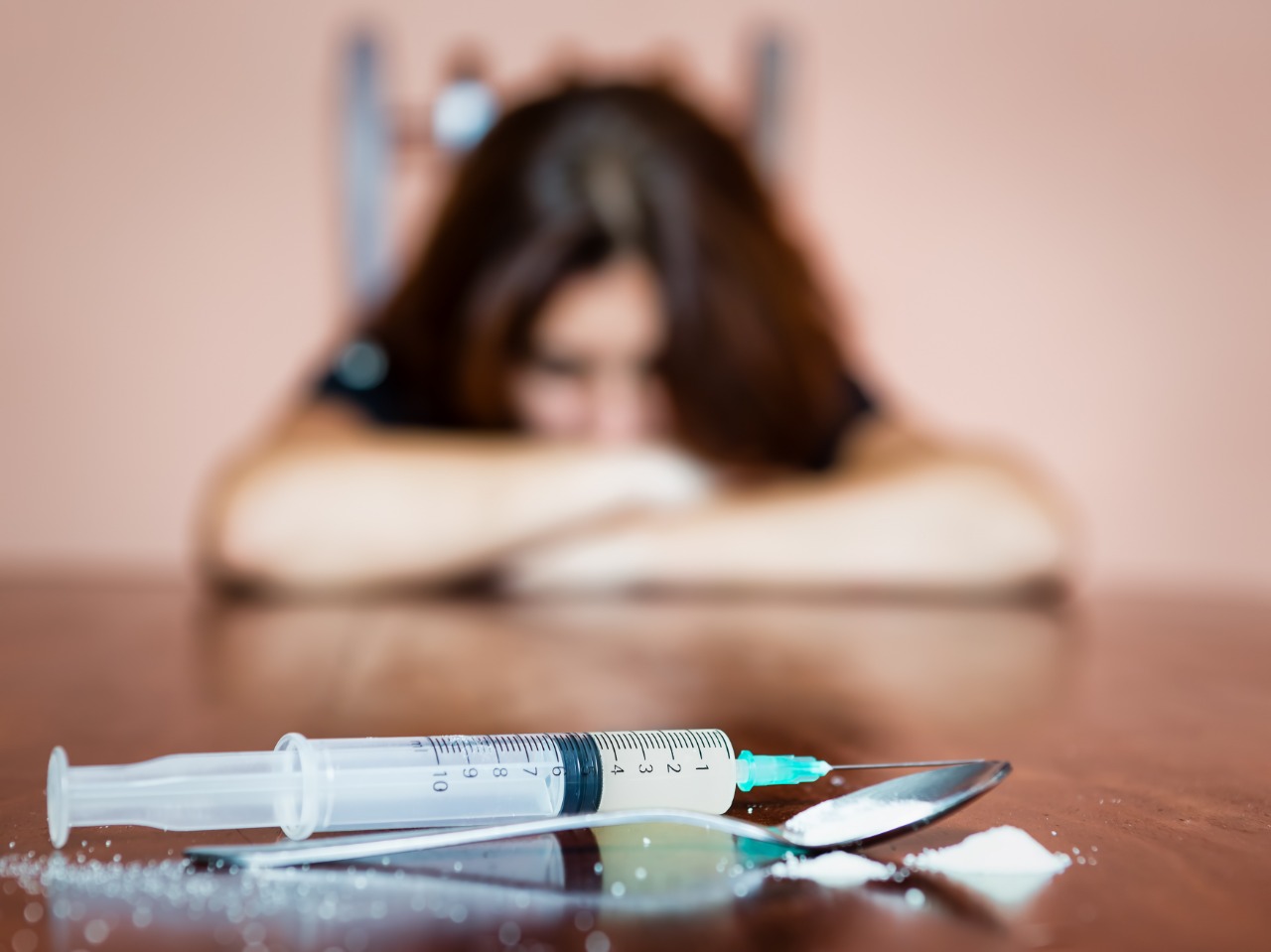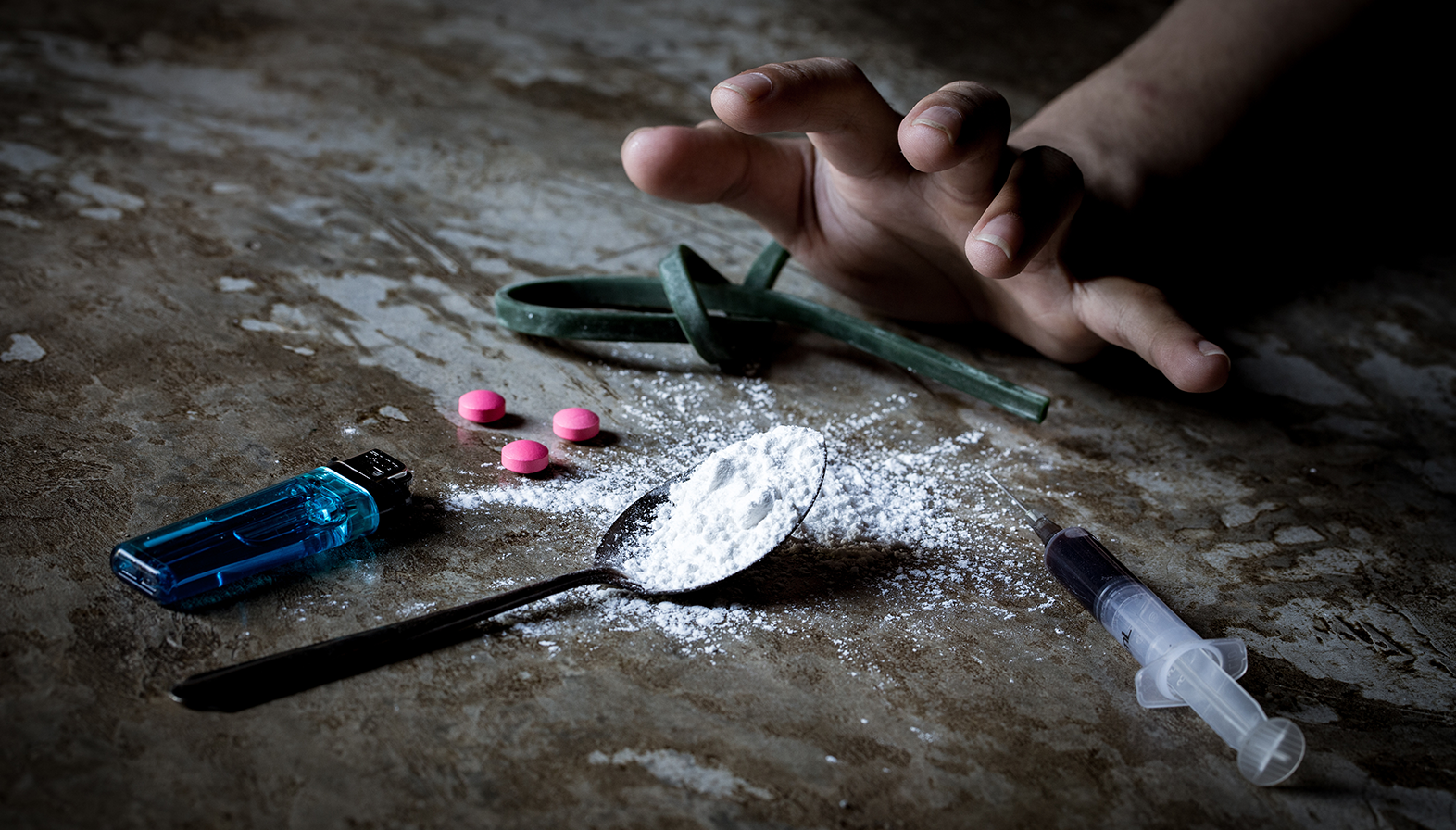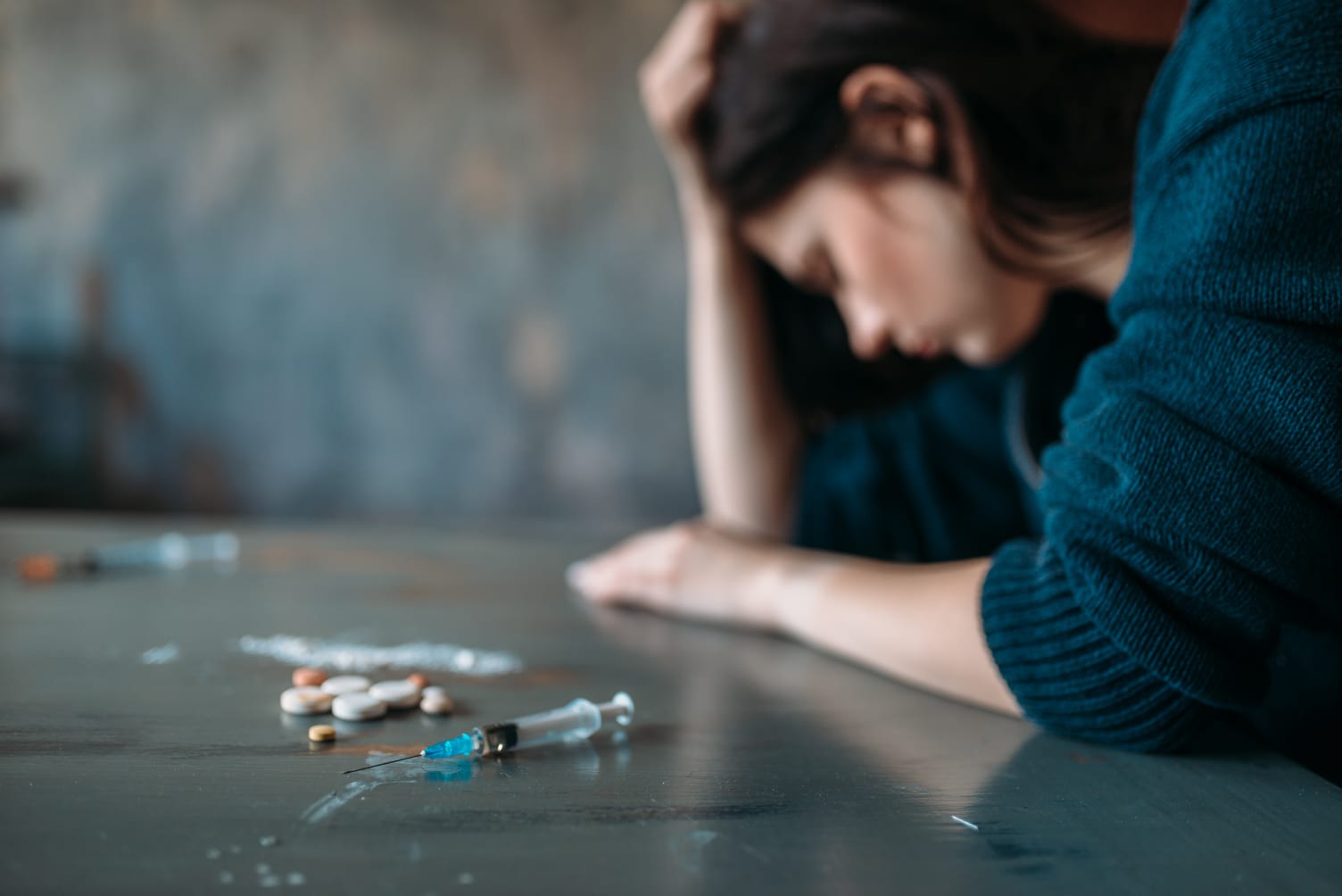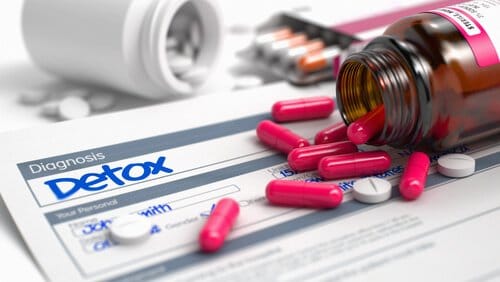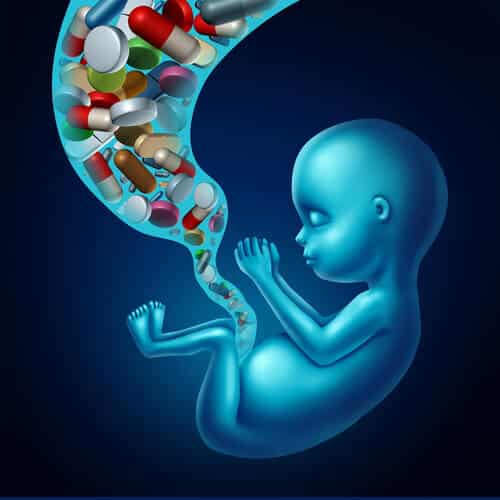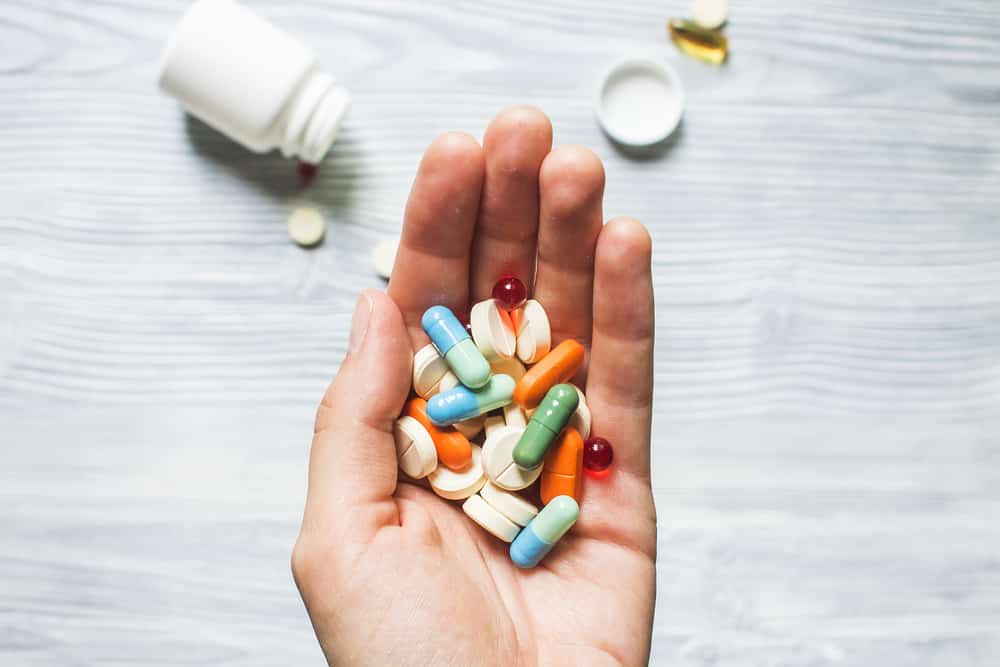Naltrexone is a medication used to support recovery from alcohol and opioid use disorders. While it doesn’t treat withdrawal symptoms or cravings directly, it blocks the euphoric effects of alcohol and opioids. This makes it easier for people to maintain sobriety by reducing the incentive to relapse.
Understanding how long naltrexone stays in your system can help you plan your recovery, monitor side effects, and avoid interactions with other medications. Here’s what you need to know.
Table of Contents
ToggleWhat Is Naltrexone Used For?
Naltrexone is an opioid antagonist, meaning it blocks opioid receptors in the brain. It’s prescribed for:
- Alcohol Use Disorder (AUD): Helps reduce the desire to drink.
- Opioid Use Disorder (OUD): Prevents the high if opioids are used during treatment.
Unlike medications like methadone or buprenorphine, naltrexone does not activate opioid receptors. This makes it a non-addictive option for people in recovery.
Forms of Naltrexone and Half-Life
Naltrexone is available in two main forms:
- Oral Tablet (ReVia, Depade): Taken daily, with a half-life of approximately 4 hours.
- Extended-Release Injection (Vivitrol): Given once a month, with a half-life of about 5 to 10 days.
While the oral tablet exits the bloodstream relatively quickly, its effects can linger due to active metabolites. The injection releases the medication gradually over weeks, leading to a longer duration in the body.
How Long Does Naltrexone Stay in the Body?
- Oral Naltrexone: Typically eliminated from the system within 3 to 4 days.
- Extended-Release Naltrexone: Can stay in the system for up to a month or more.
Several factors can influence how long it remains detectable:
- Dosage and frequency
- Liver function
- Age and metabolism
- Other medications
Drug Tests and Detection Windows
Naltrexone is not commonly tested for in standard drug screenings. However, if needed, it may be detected in blood or urine tests:
- Urine Test: Up to 6 days for oral form.
- Blood Test: Typically up to 24 hours.
It’s important to note that naltrexone is not a controlled substance and has no abuse potential.
How Naltrexone Supports Recovery?
Naltrexone works best when used as part of a comprehensive recovery plan that may include:
- Behavioral therapy
- Support groups
- Outpatient detox or treatment programs
- Medical monitoring
At the Center for Network Therapy (CNT), we use evidence-based approaches, including medication-assisted treatment when appropriate, to support sustainable recovery.
Talk to a Professional Before Starting or Stopping Naltrexone
Since naltrexone blocks opioids, using opioid medications for pain while on it can be dangerous. Always consult a healthcare provider before starting or stopping this medication.
If you’re considering your options or looking for guidance, our team is here to help.
📞 Call 732-484-9661
📝 Take the detox quiz to explore recovery options
Also read:




